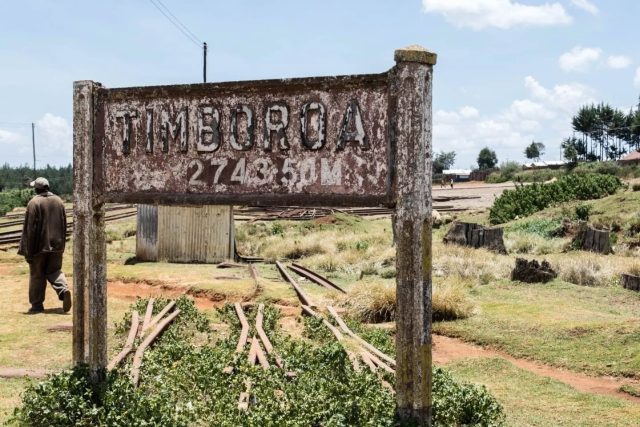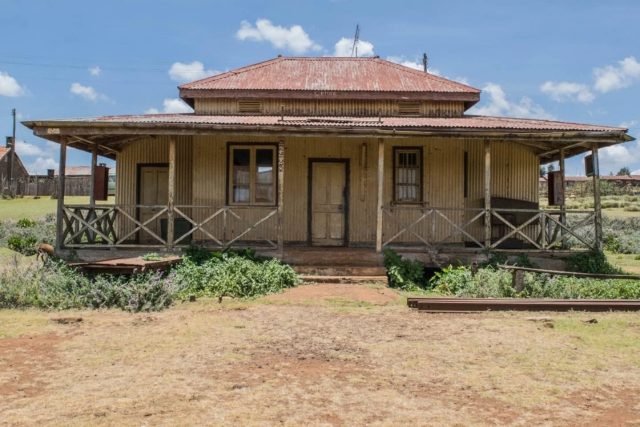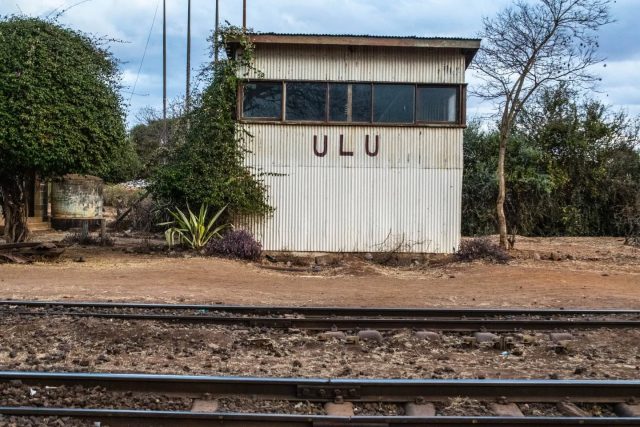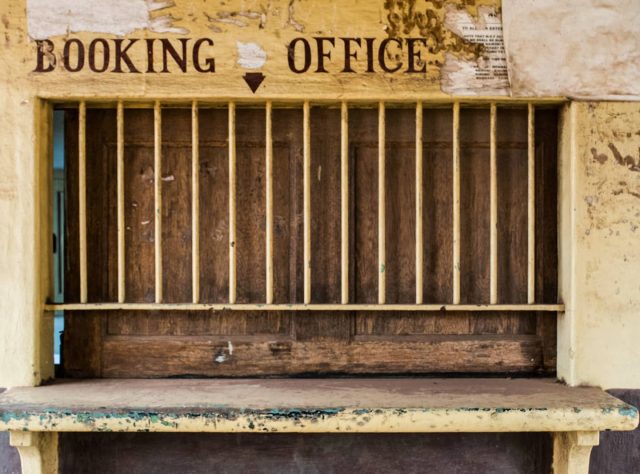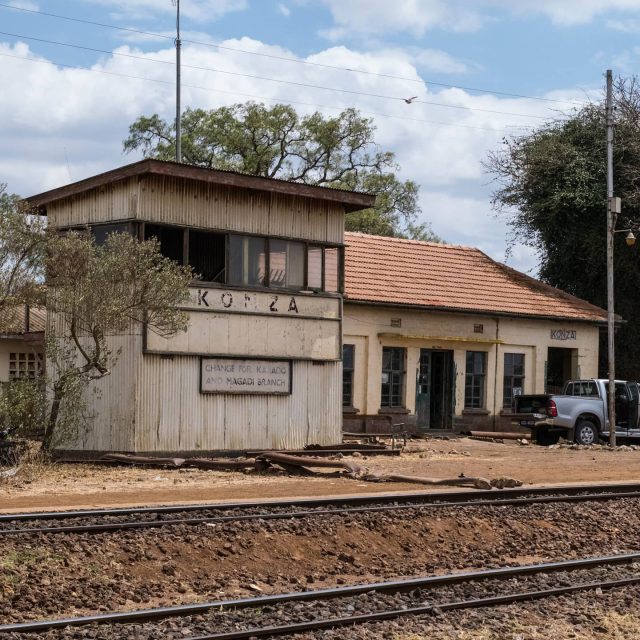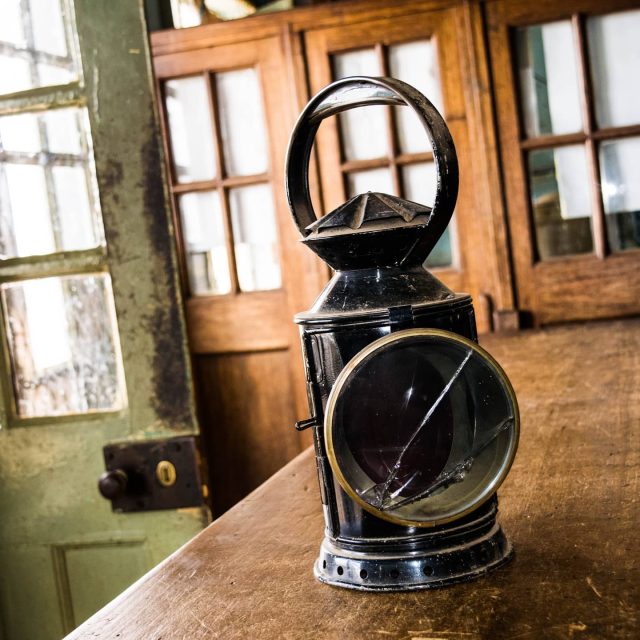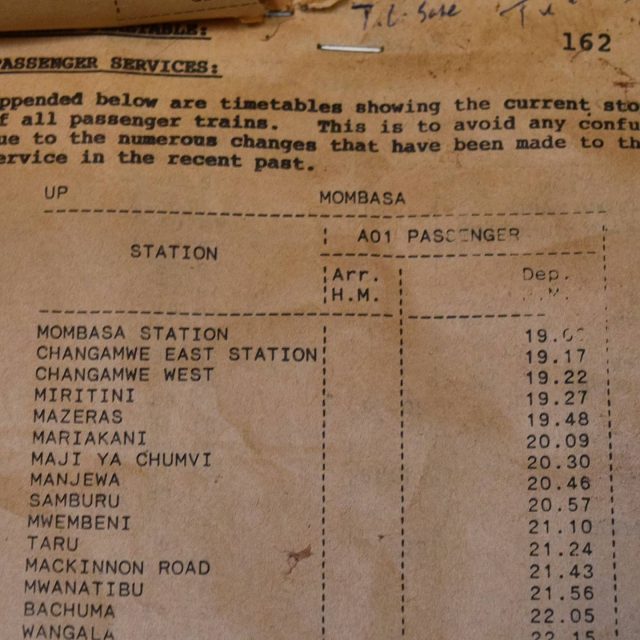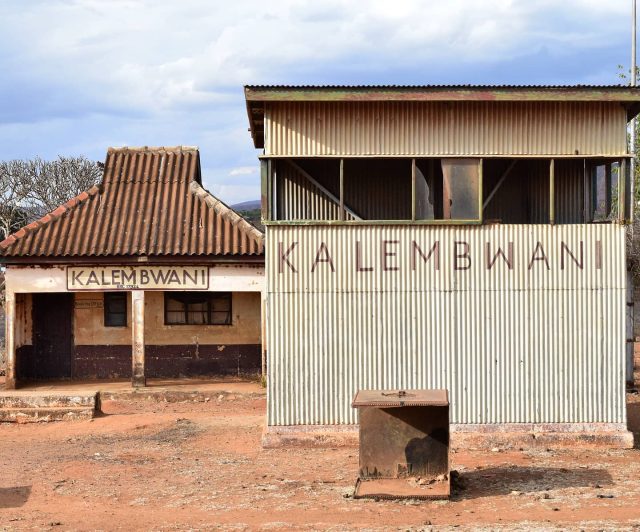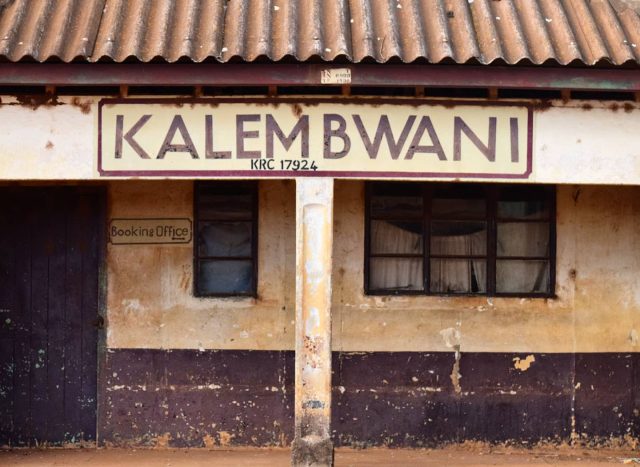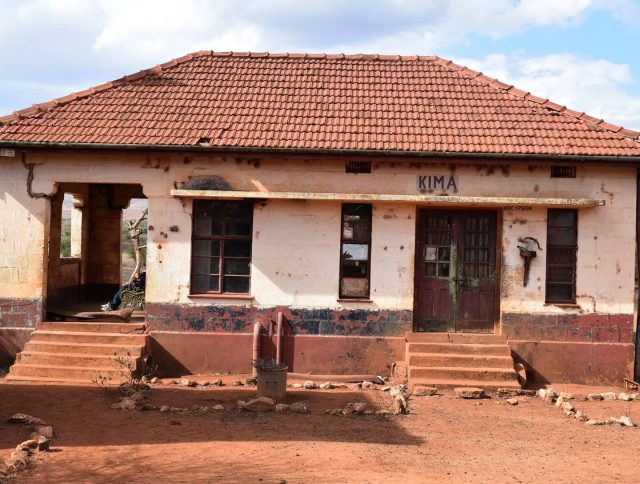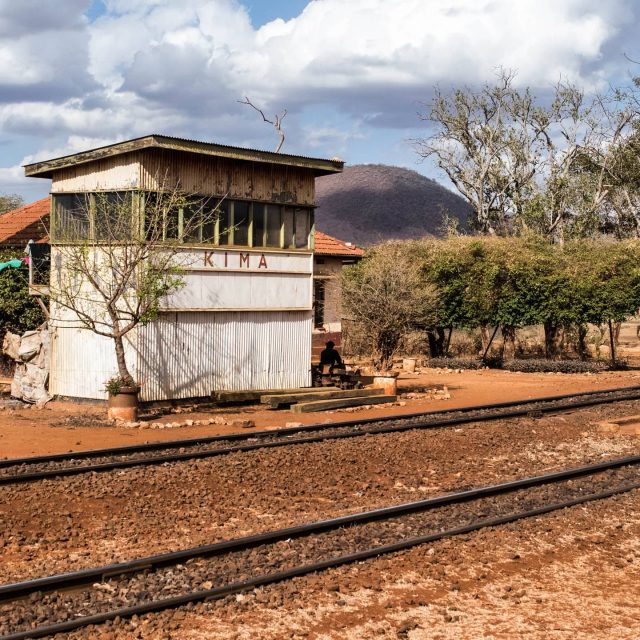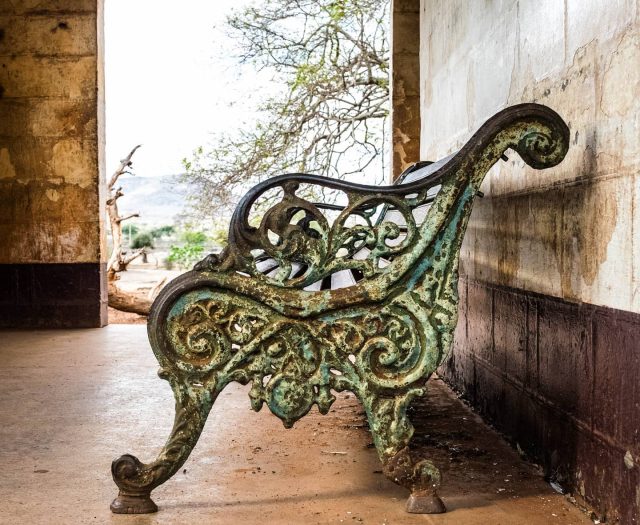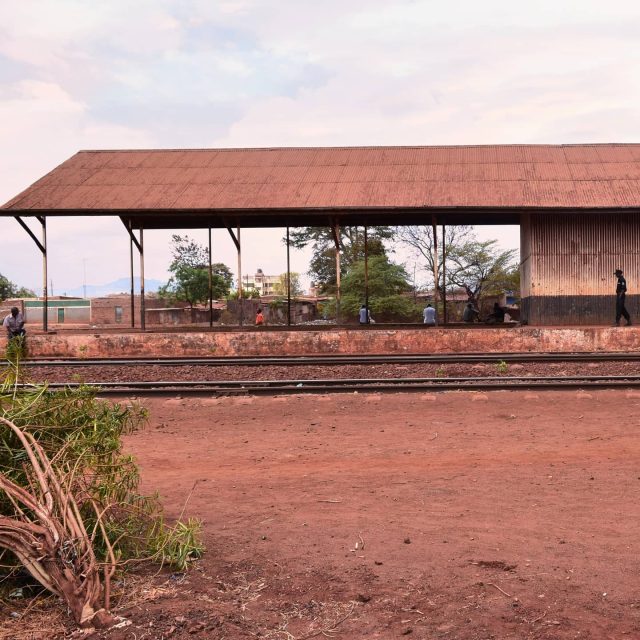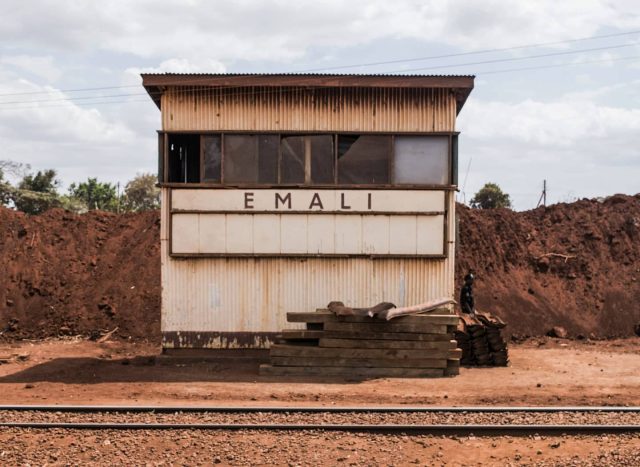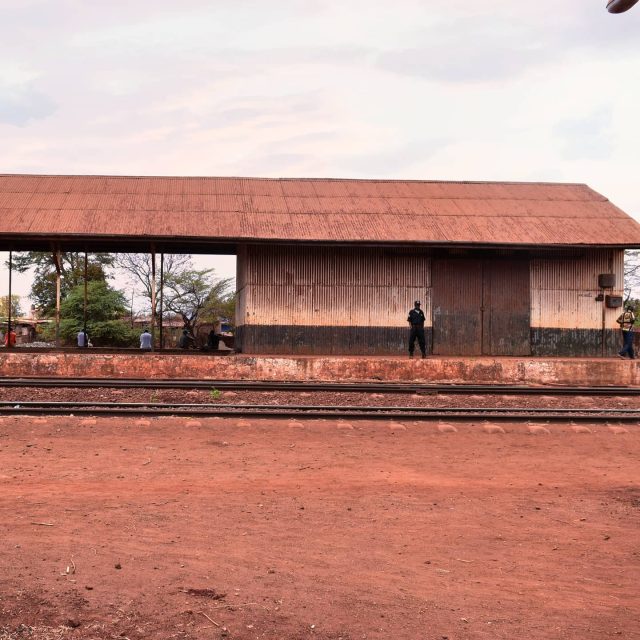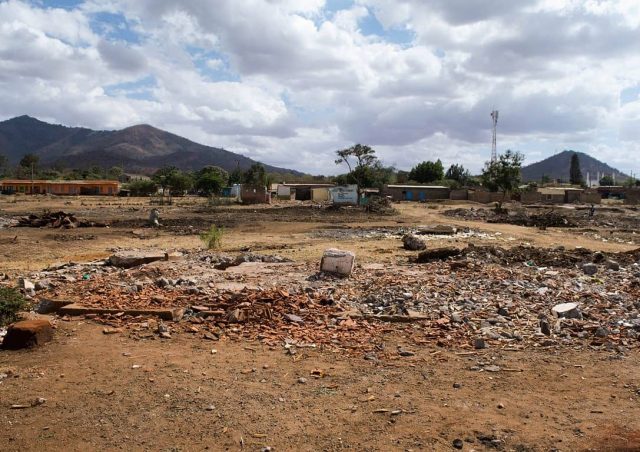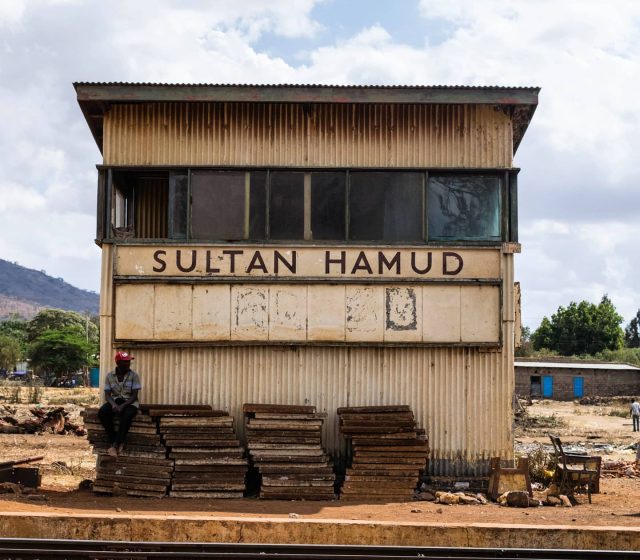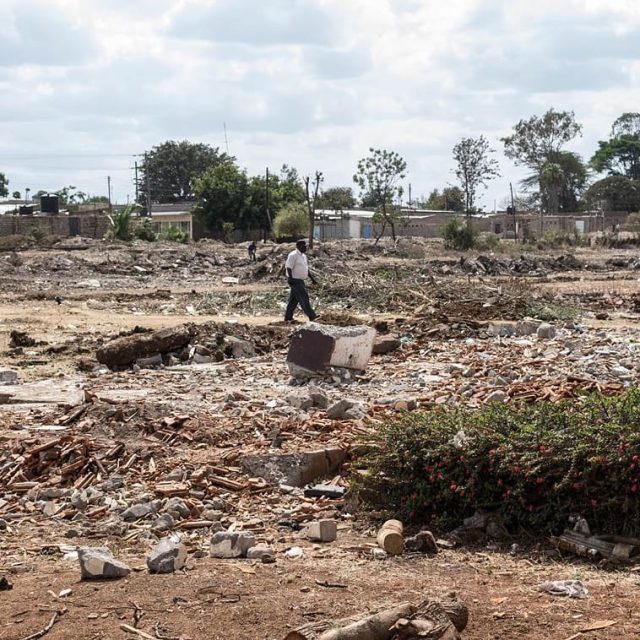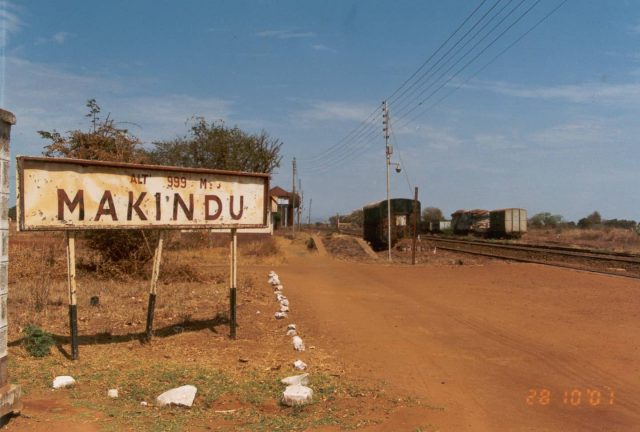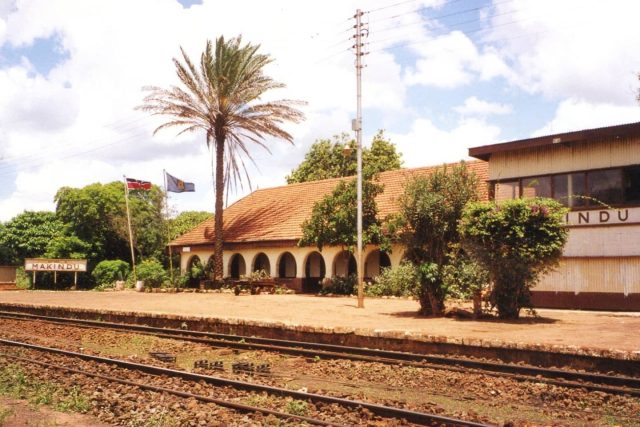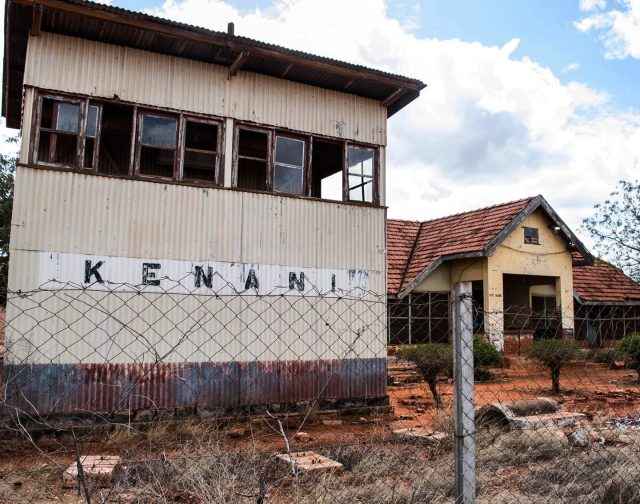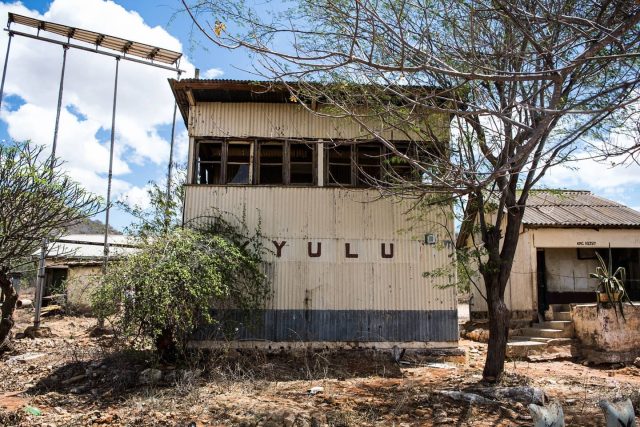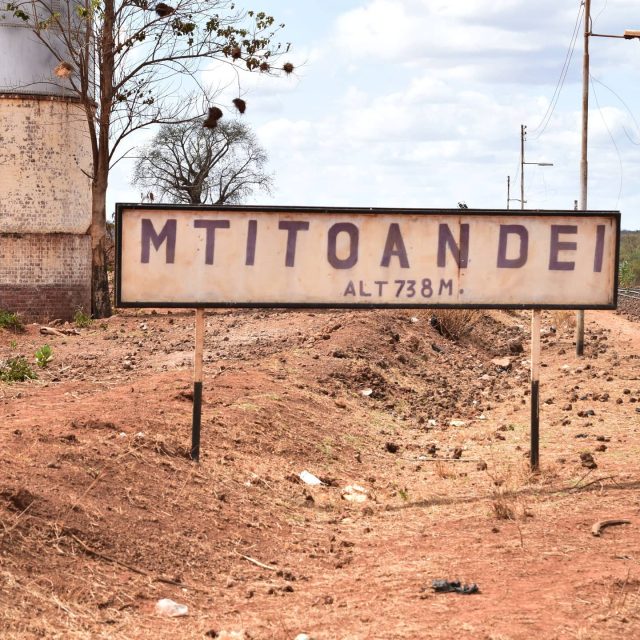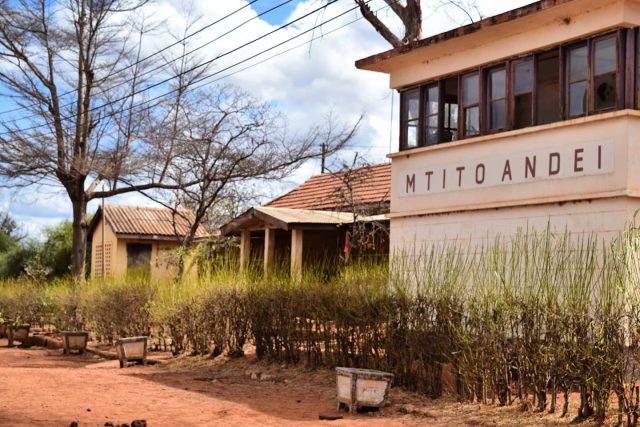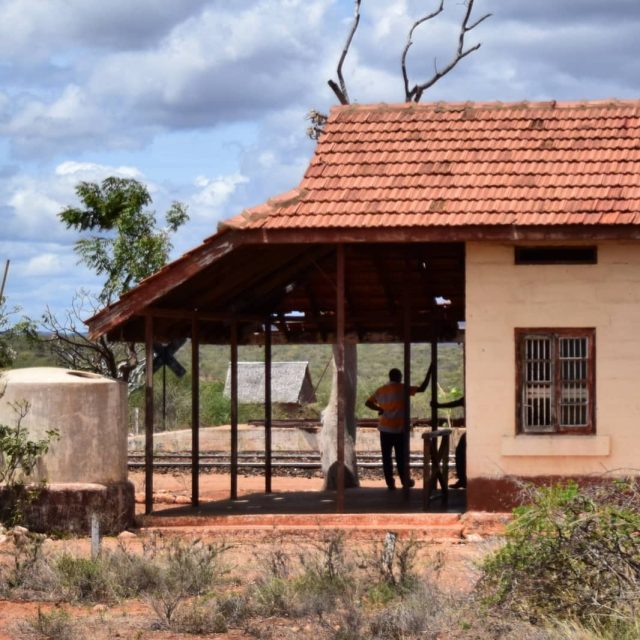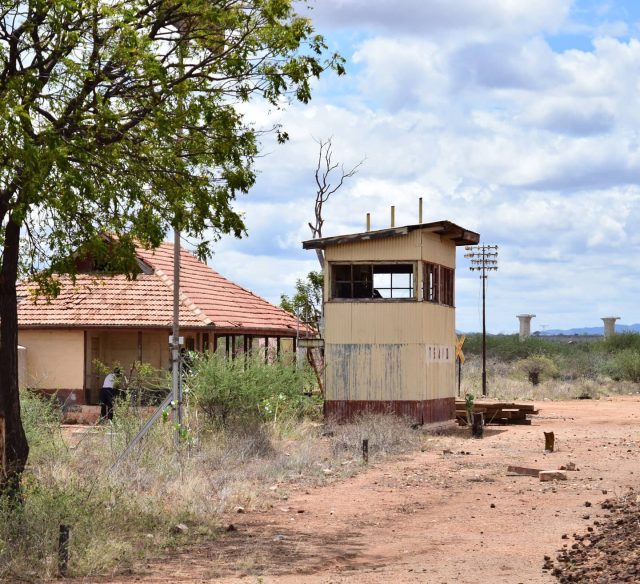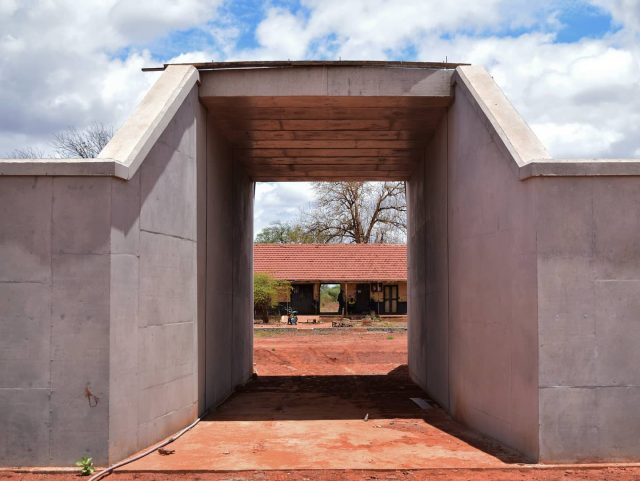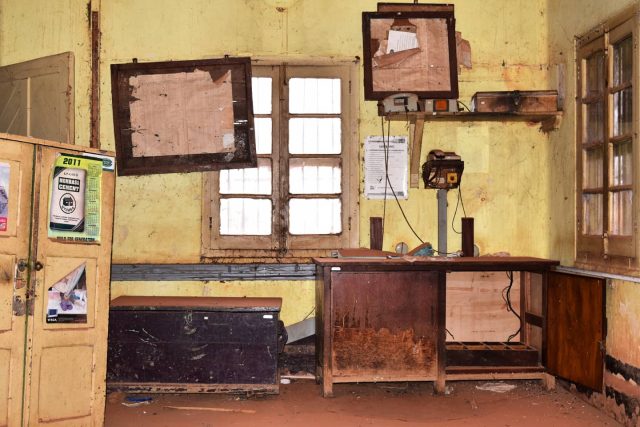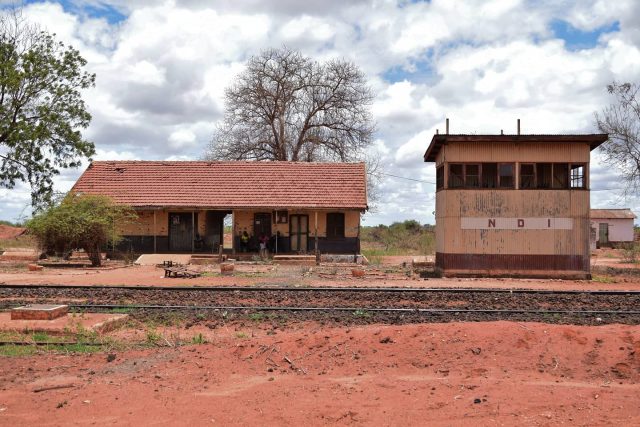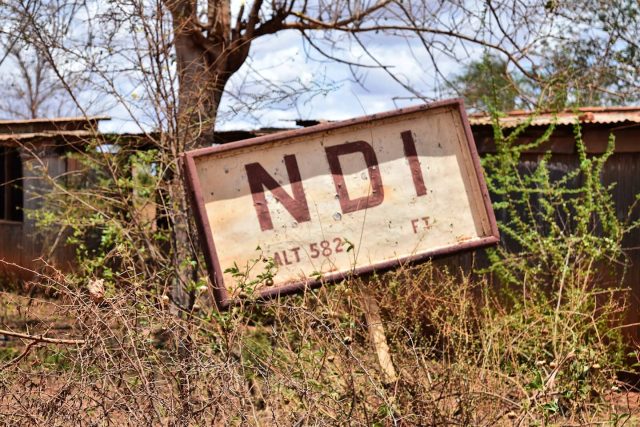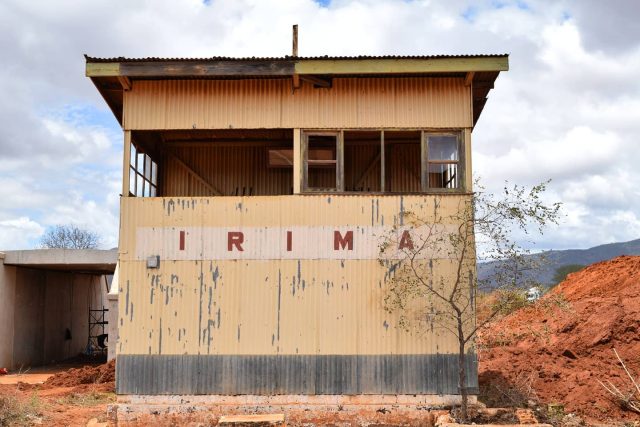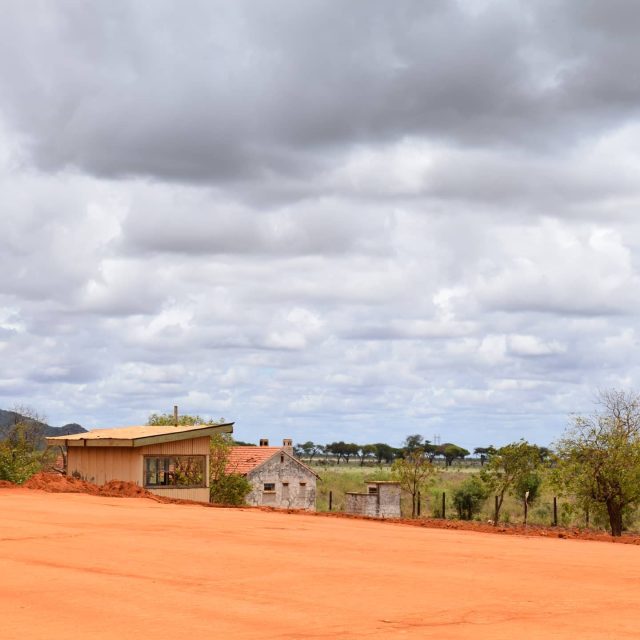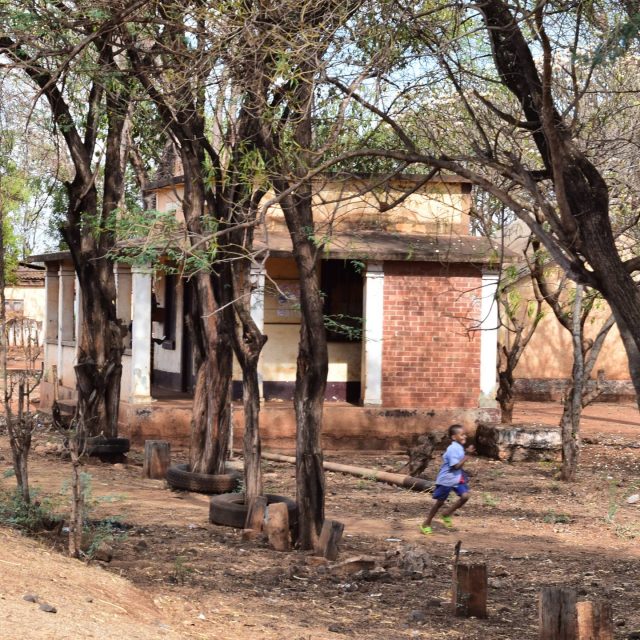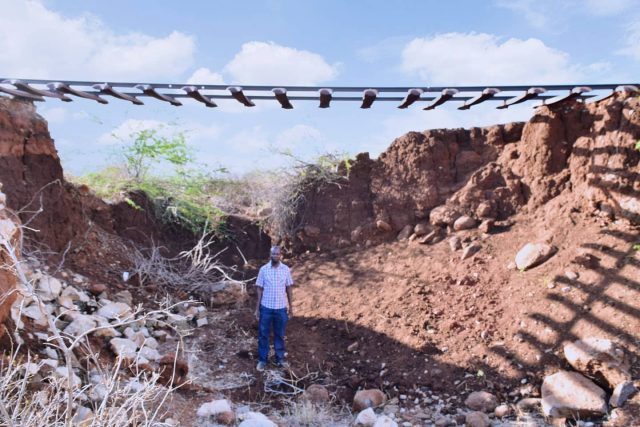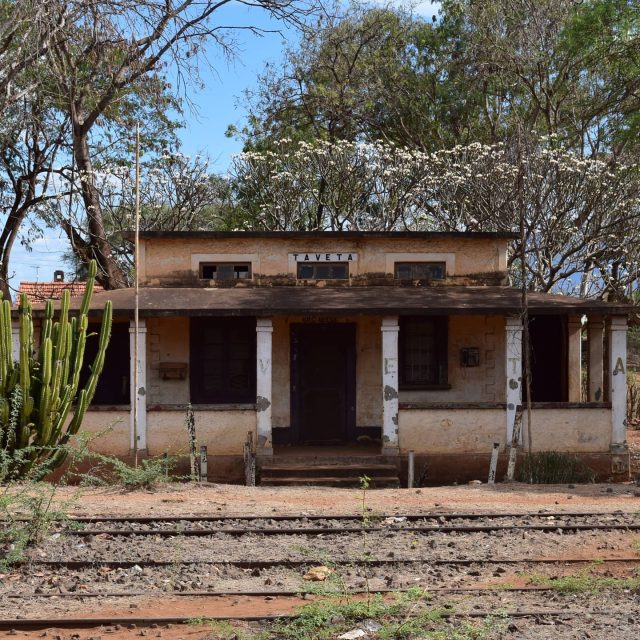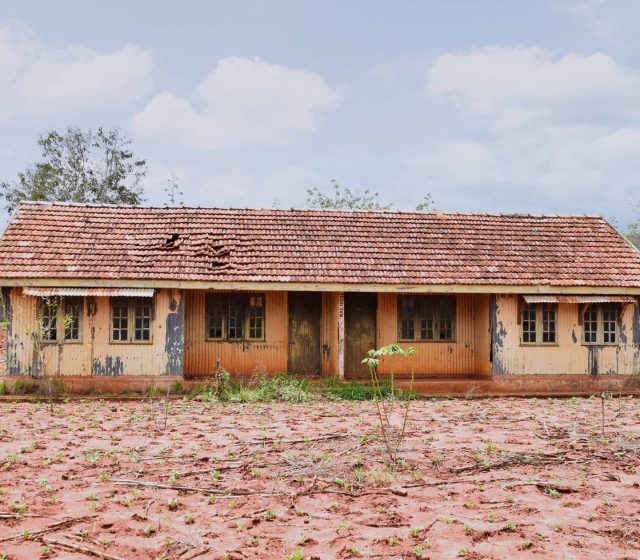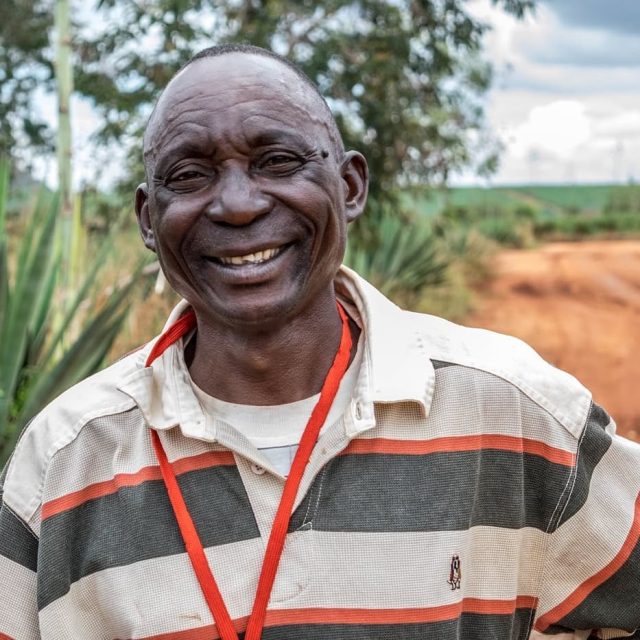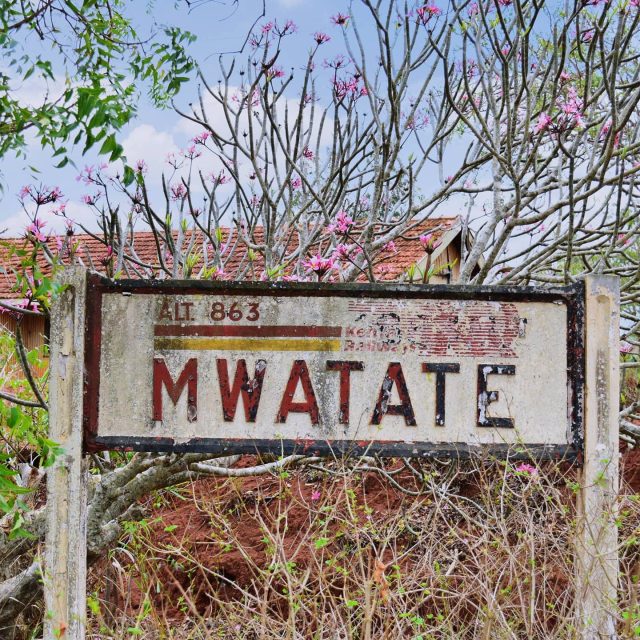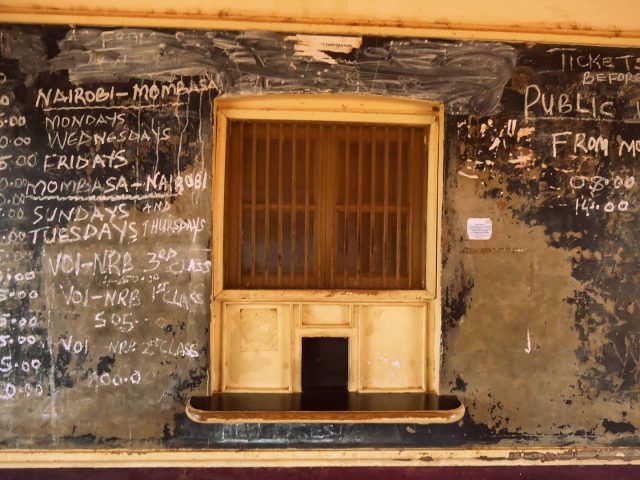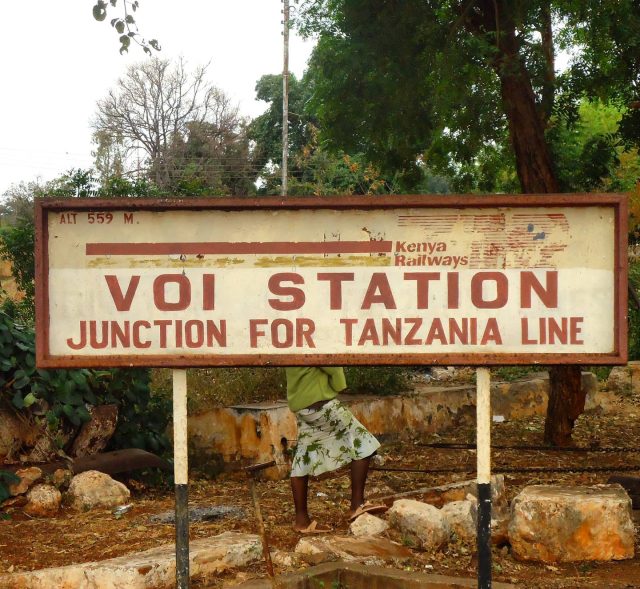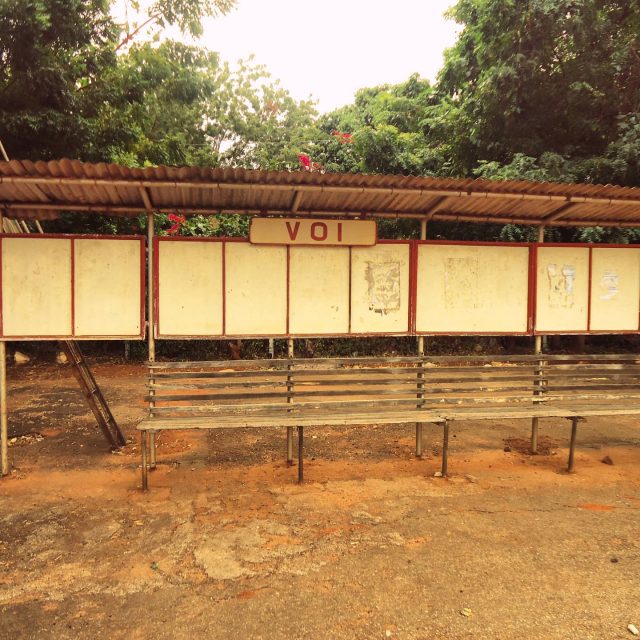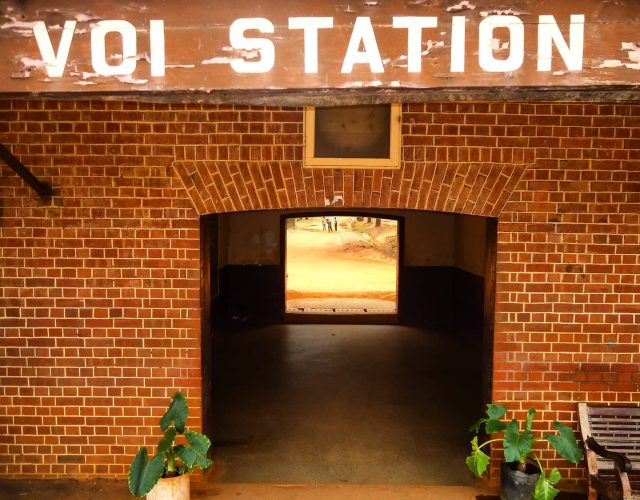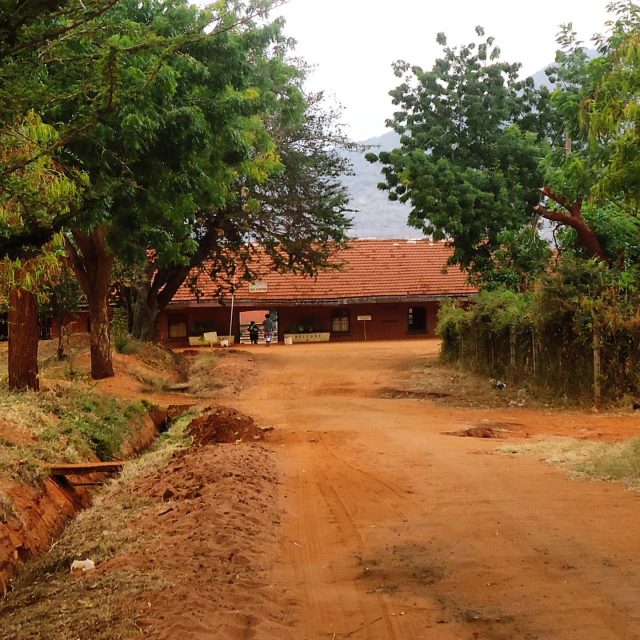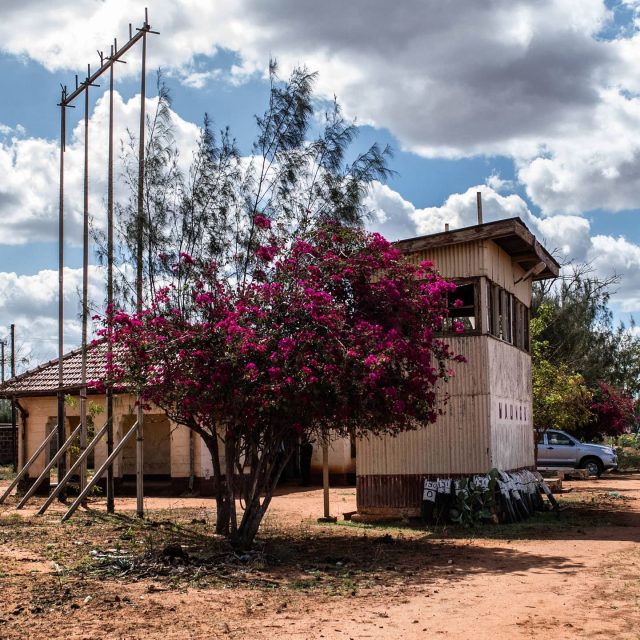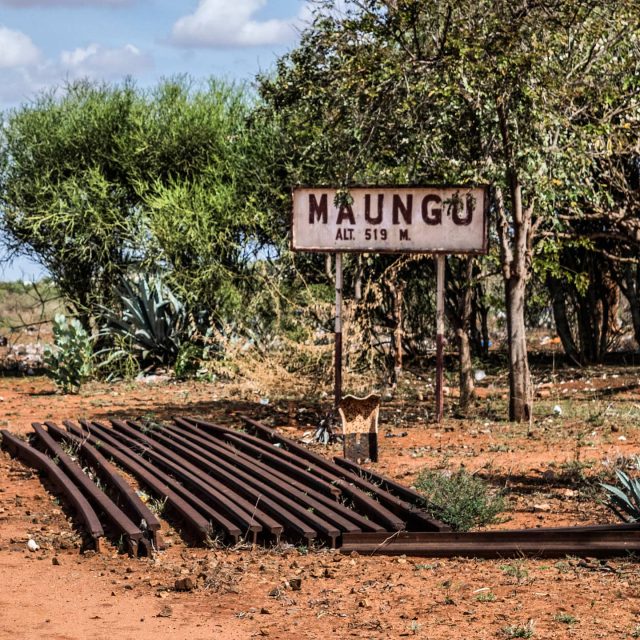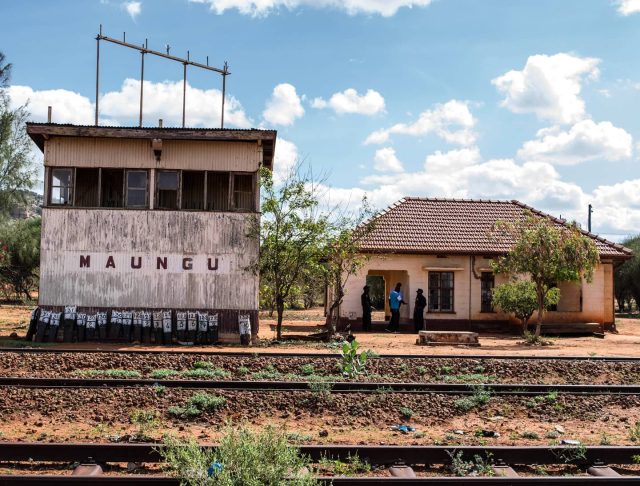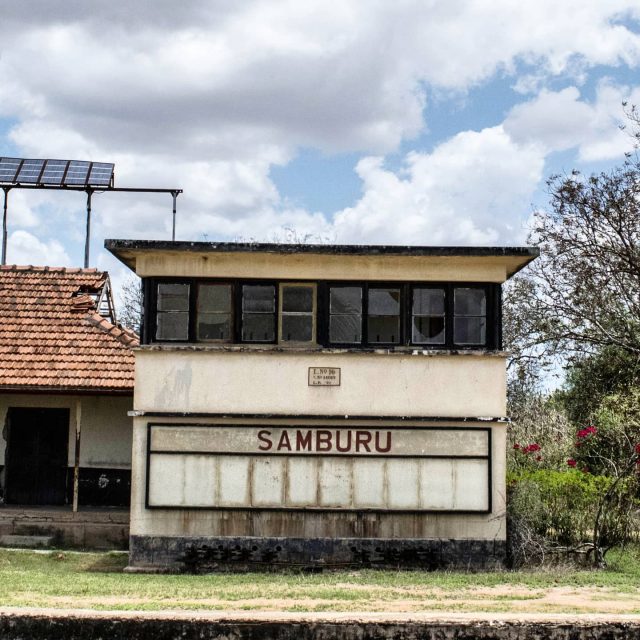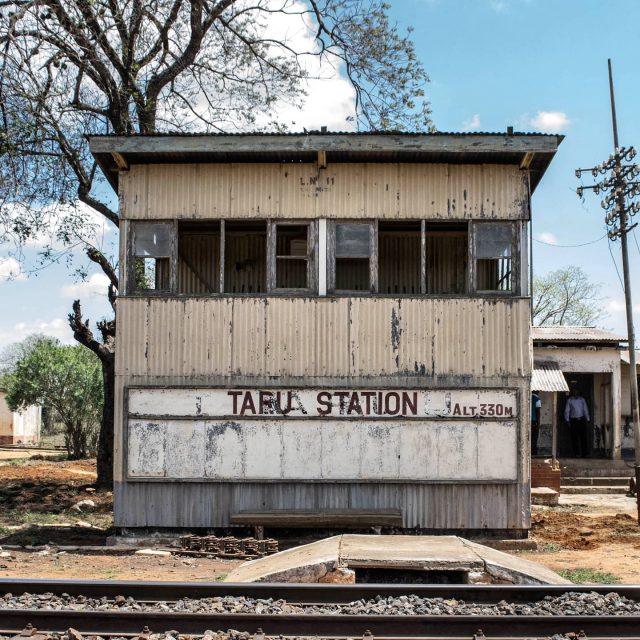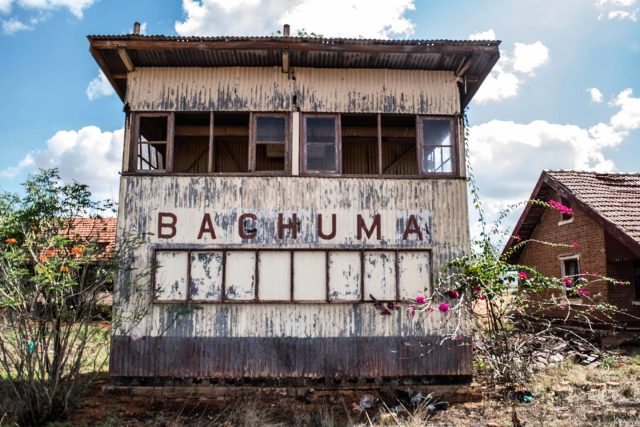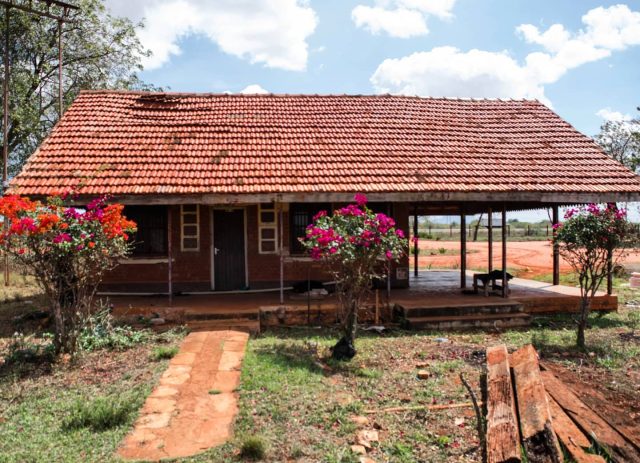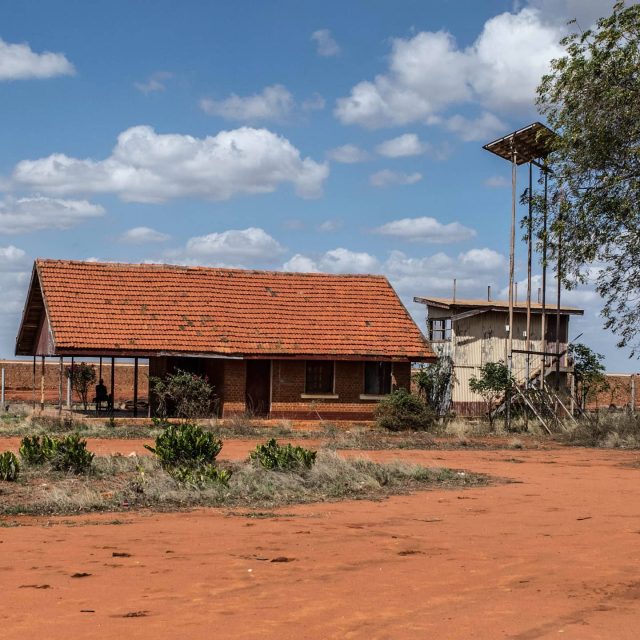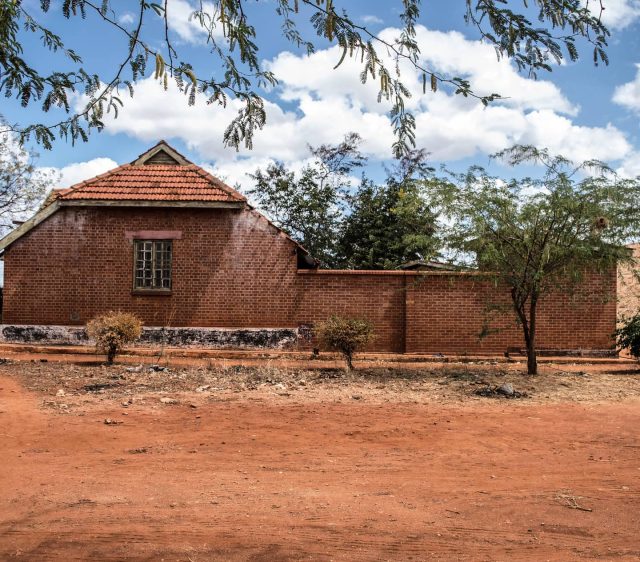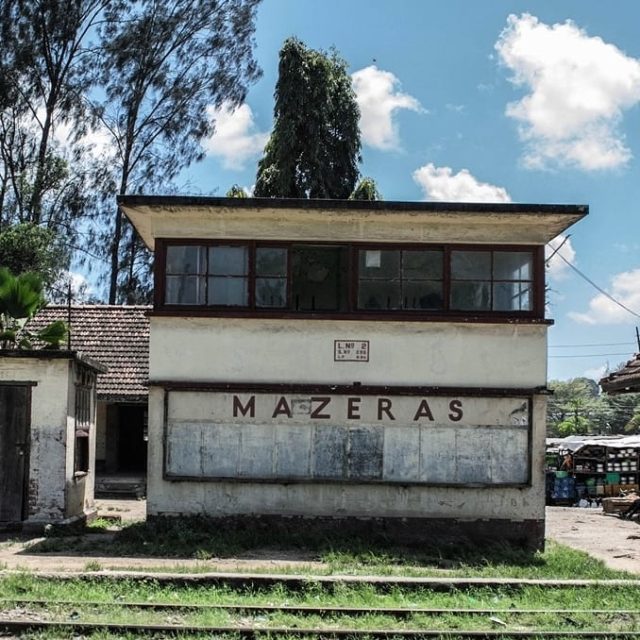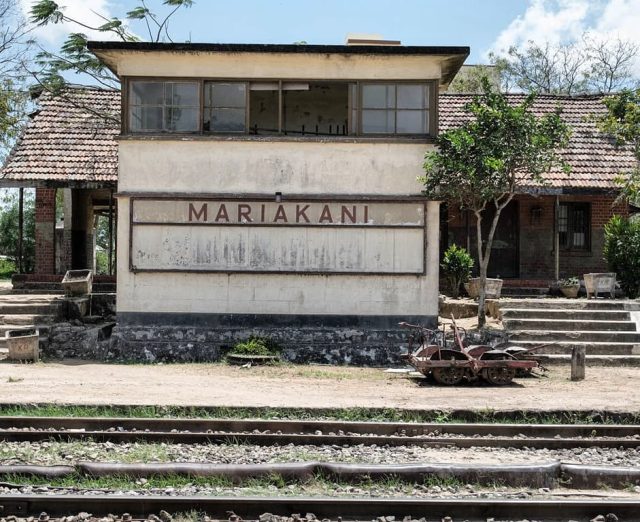The Save The Railway project took place over 3 years, covered more than 500 miles and resulted in 5000+ photos. Now, a decade later, I’m revisiting this work, reflecting on the journey, re-exploring the memories, and finding better ways to archive and share it. This website is still very much a work in progress and I will be adding more content over the coming months so check back often as you can. Thanks for your patience and support! – Chao, May 2025

Chao Tayiana Maina
Child of East Africa, documenting history of people and railways in the region. Started with KE 🇰🇪 (2013 - 16). Also @headstronghistorian




Timboroa Station, Kenya. March 2016
#railways #railwayhistory
4 months ago



I was talking to my grandparents the other day and Timboroa came up during our conversation which made me think about this little station that was one of my favourite stops along the railway journey.
4 months ago




Ulu station in Makueni was the first time during my journey that I encountered quite directly the ways in which access to the railway was classed economically but also racially.
While here we see toilet access determined by coach class, this separation of access was also used to racially segregate facilities. Africans were not allowed to ride first class or second class which were reserved for Europeans (first class) and Asians (second class).
October 2015
7 months ago








Kiu station is located shortly before you get to Konza. One of the stops along the Kenya - Uganda railway, it was a central point of communication and trade for residents of Kilome when the railway was in operation.
Captured October 2015.
7 months ago
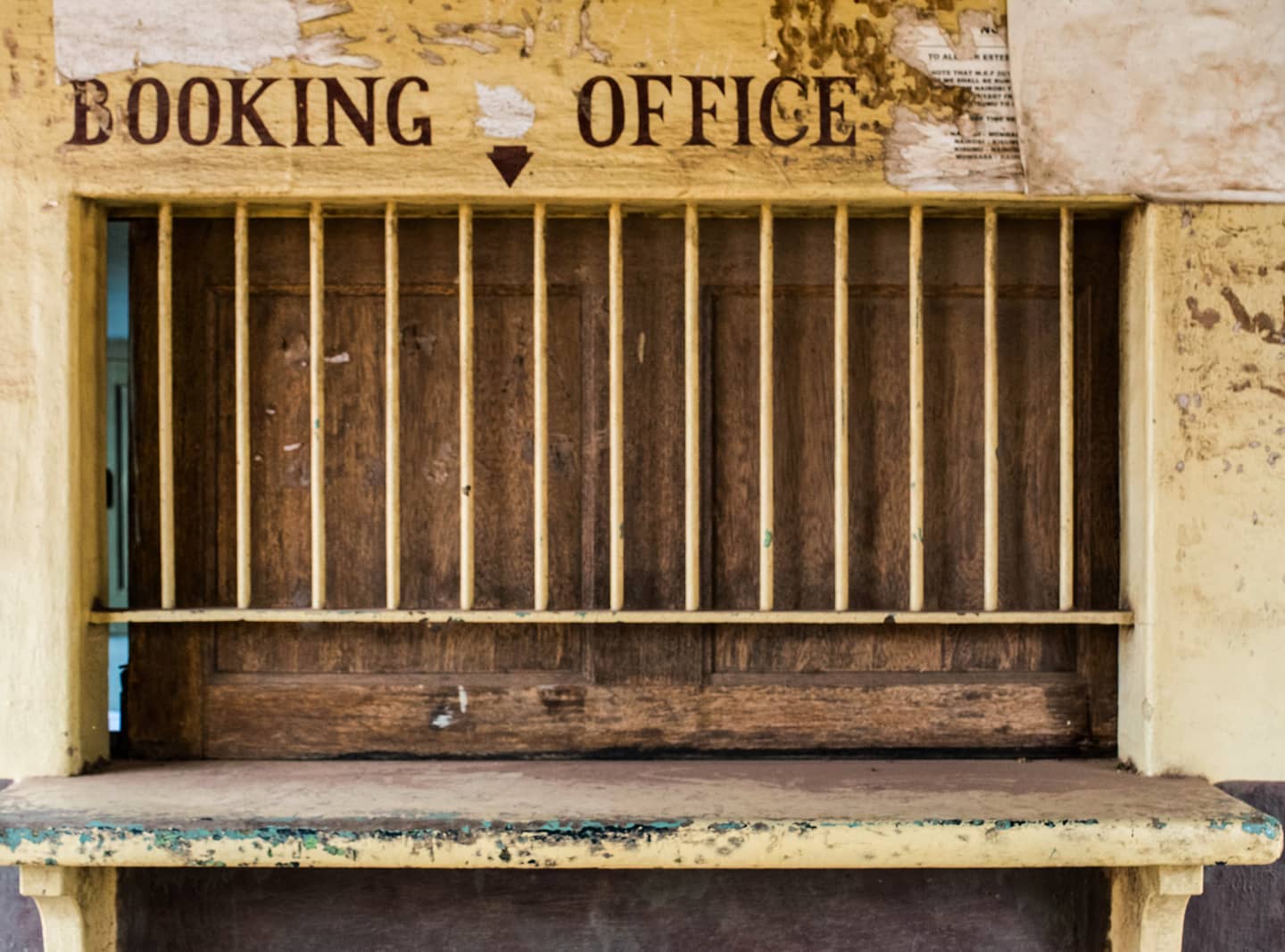
Booking office and passenger waiting area, Konza railway station.
October, 2015.
5 years ago


Konza station and interchange for Kajiado - Magadi branch.
October 2015.
5 years ago


Railway signalling lamp at Konza station - One of the few stations between Mombasa and Nairobi that was still in operation at the time (2015).
In the second image, Konza station master demonstrates how the lamp would have been used to signal train drivers at night.
5 years ago



Passenger service timetable and station interior - Kalembwani station.
October 2015.
5 years ago
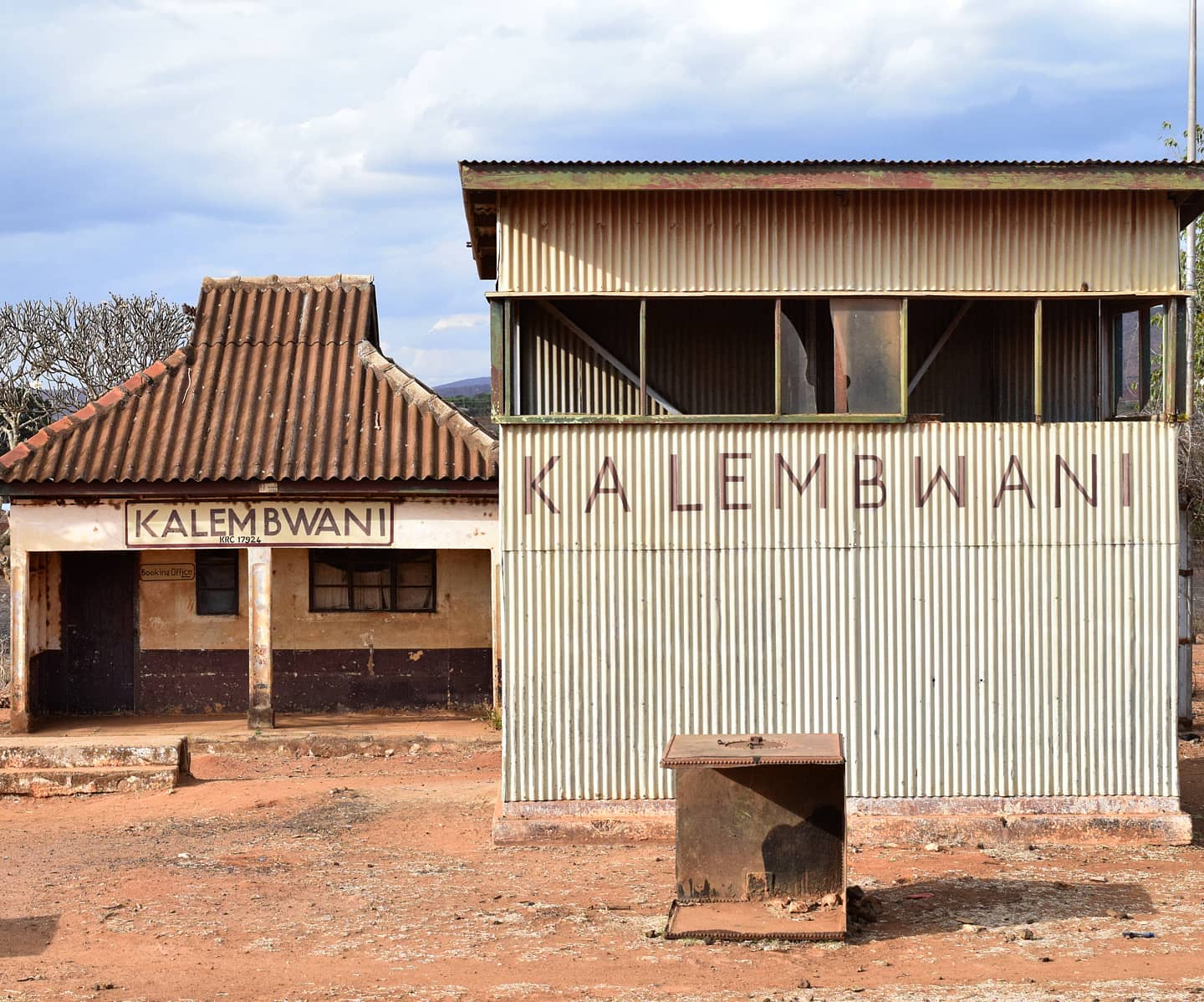
Kalembwani station and signalling cabin - Makueni county.
October 2015.
5 years ago


Kalembwani Station. Makueni county.
October 2015
5 years ago


3/3 Spot the bench. Kima station.
October 2015
5 years ago
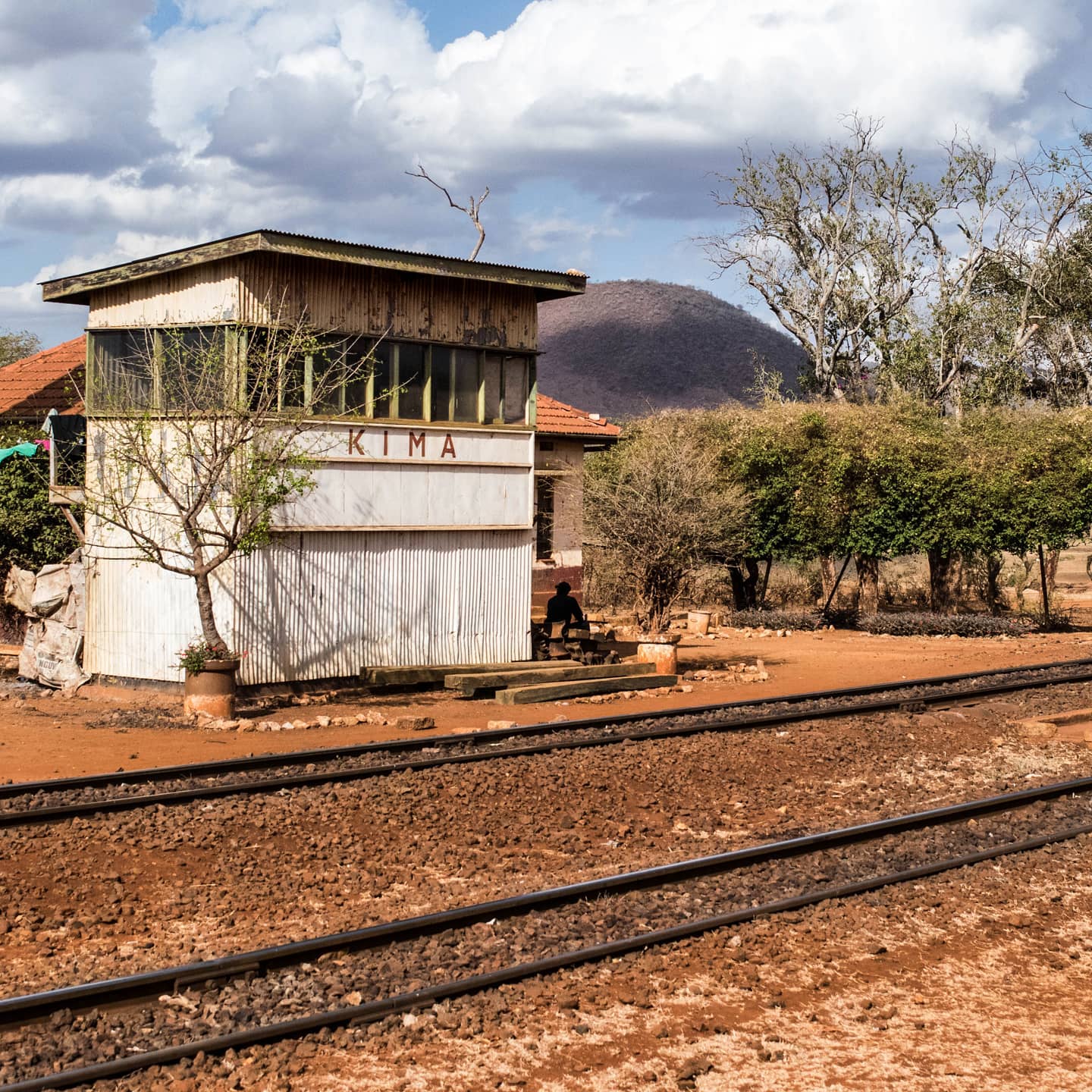
2/3 Kima station (Makueni).
October 2015.
5 years ago
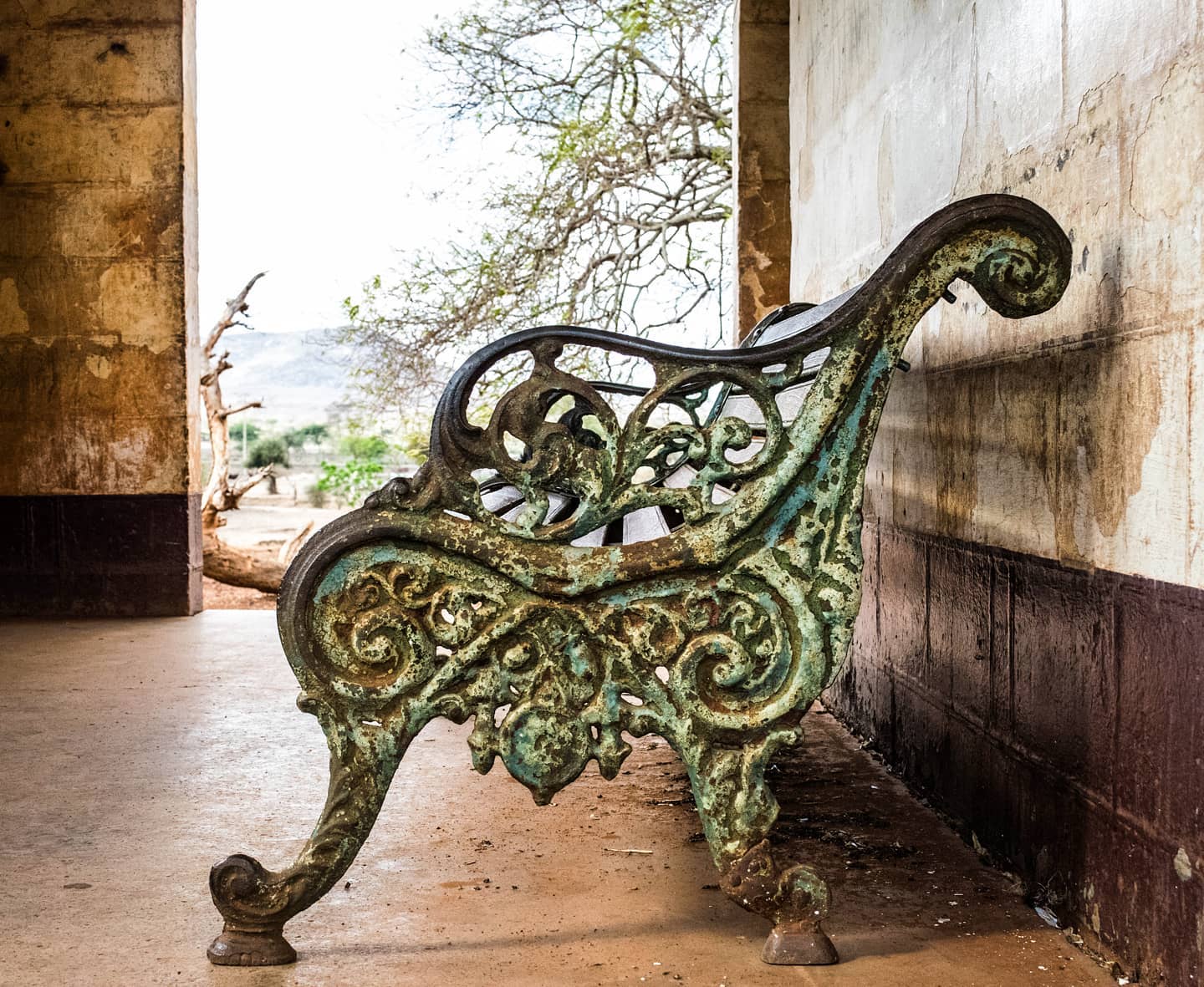
1/3 Starting off the year with this image of an original Uganda Railway bench at Kima station in Makueni county.
In 1926, the Uganda Railway (which was named after where it was going not where it was coming from) was renamed the Kenya - Uganda railway.
As I went round the country between 2015 & 2016, I'd occasionally find such relics initialed 'UR' in different stations. An indication that they had been in these spaces since the earliest days of the railway (1898 - 1926).
By the time of the railway's decline, many stations had been vandalised and it is probable that many more such items had either disappeared... Or perhaps they were reclaimed, repurposed and reintroduced into the landscape as something different, something more relevant to the times and people who took them.
Wherever they are, whatever they became, they found a home.
Maybe they show up years from now, maybe they don't. Yet in these photographs we catch glimpses of them frozen in time.
Happy New Year to you all.🌟 I look forward to continuing this journey with you.
Yours in past and present,
@headstronghistorian
Photo: October 2015.
5 years ago
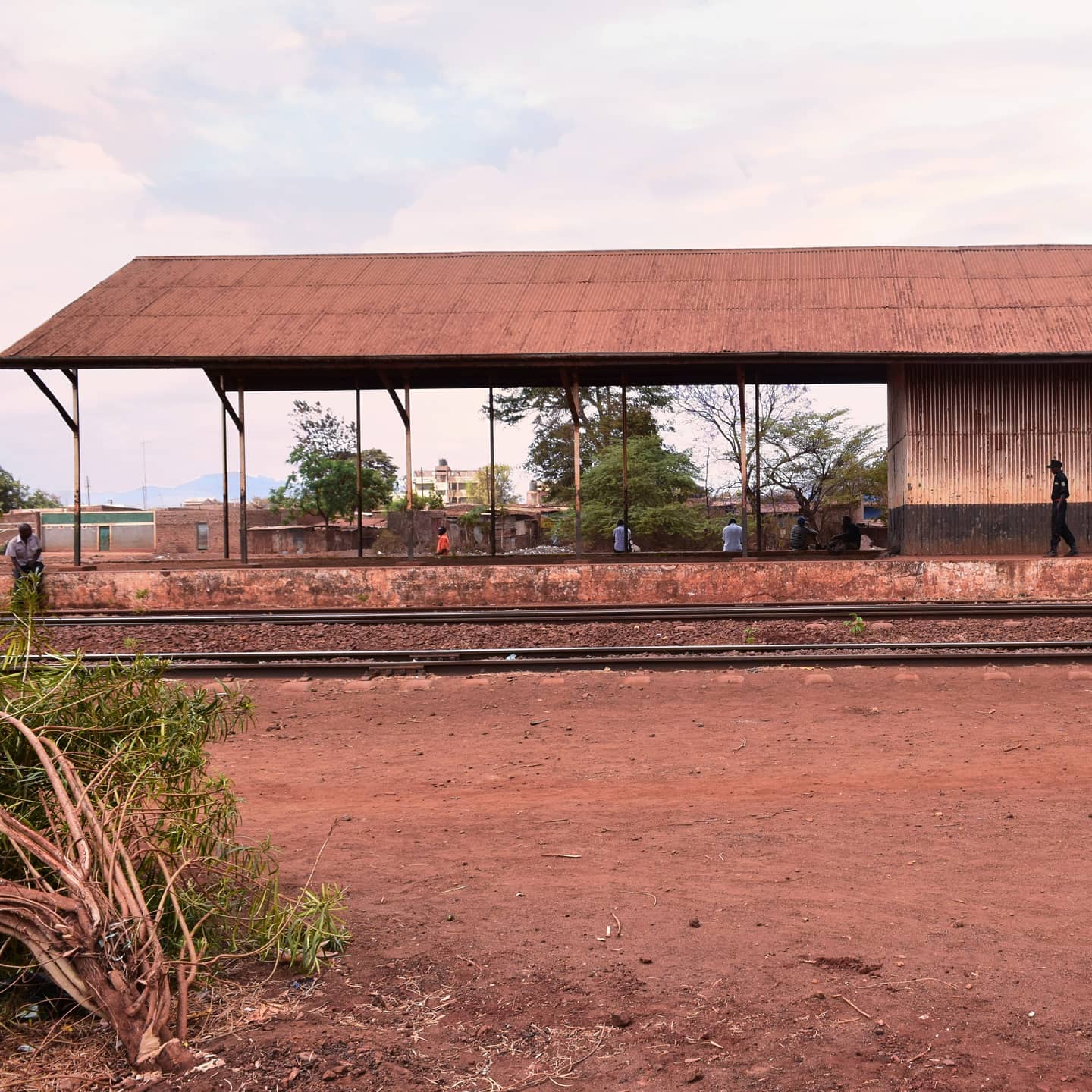
People watching people watching.
Emali station, October 2015
5 years ago
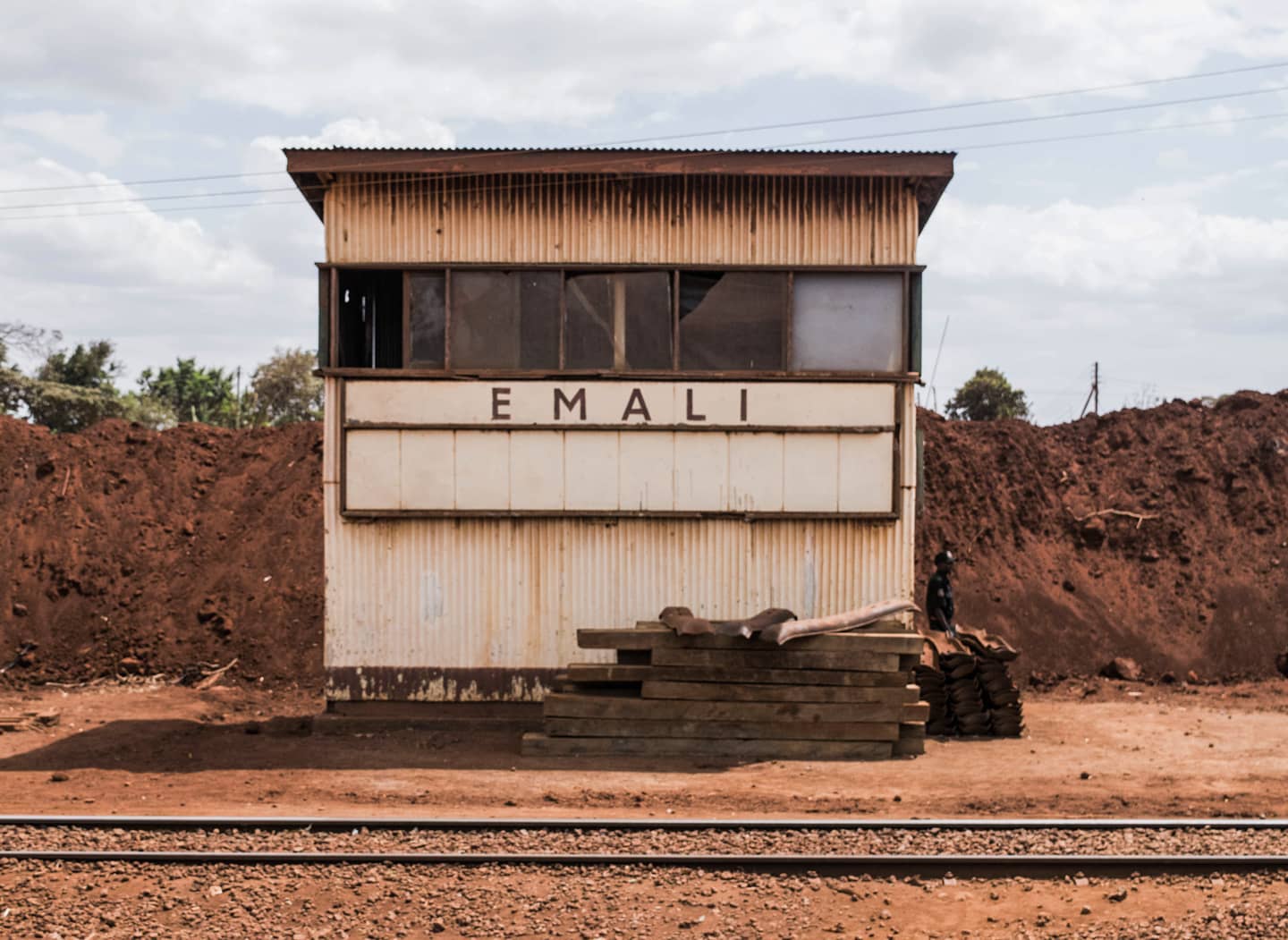
Ruins and remains at Emali railway station. The main station had been demolished to pave way for the SGR, the signal cabin remained. October 2015
5 years ago
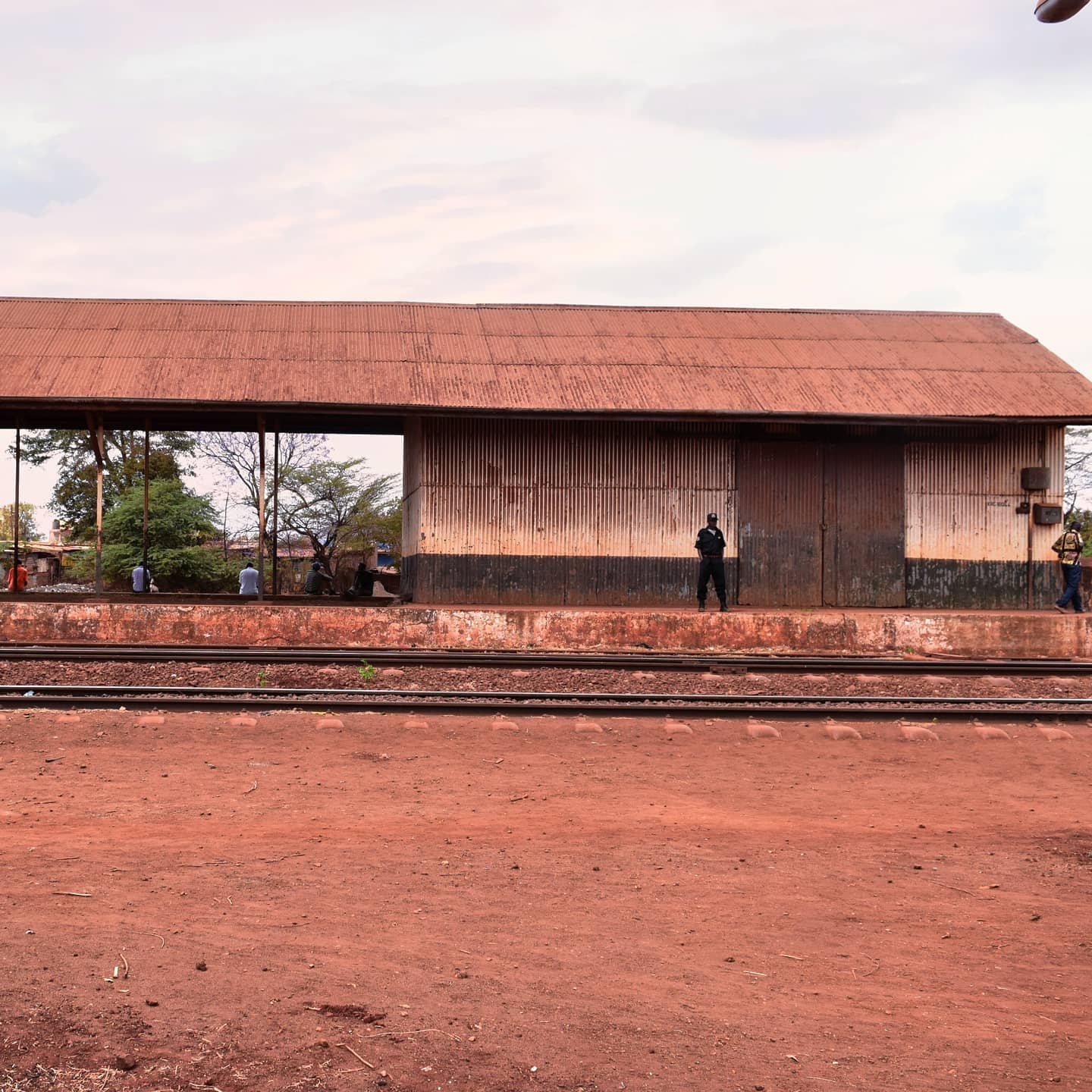
Shades of dust. Emali station. October 2015
5 years ago
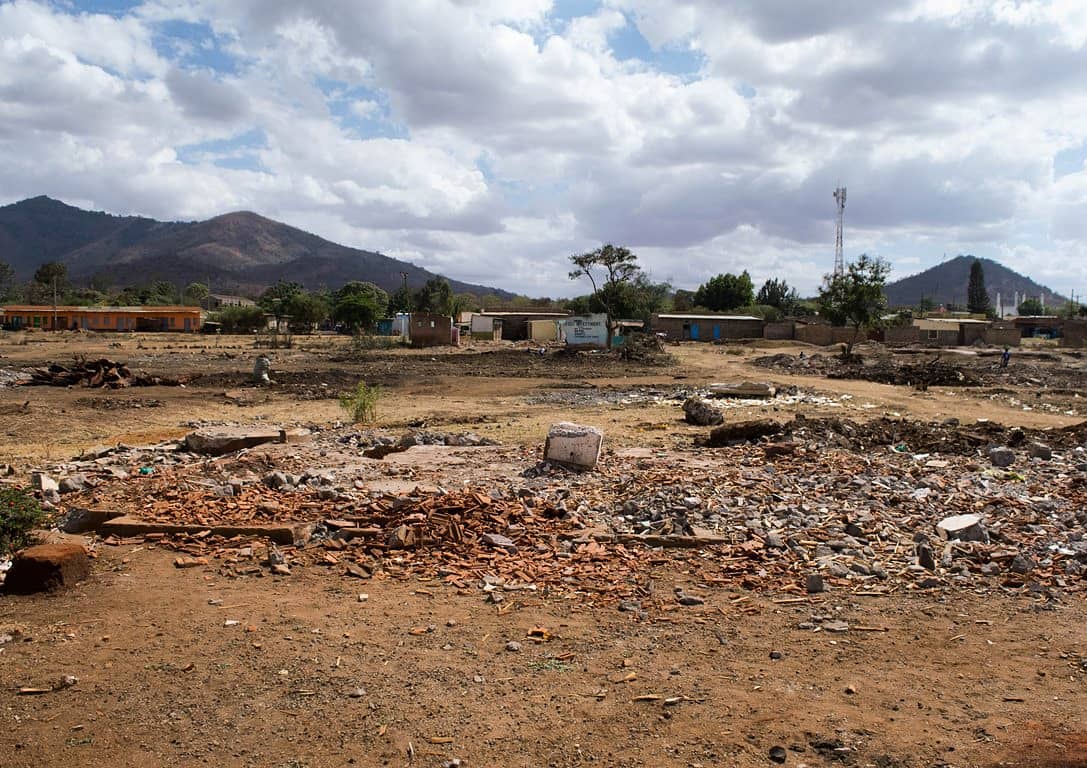
Finding beauty in the ruins. This picture was taken in August 2015. The main station had been demolished a couple of days before we got there to pave way for the SGR.
5 years ago
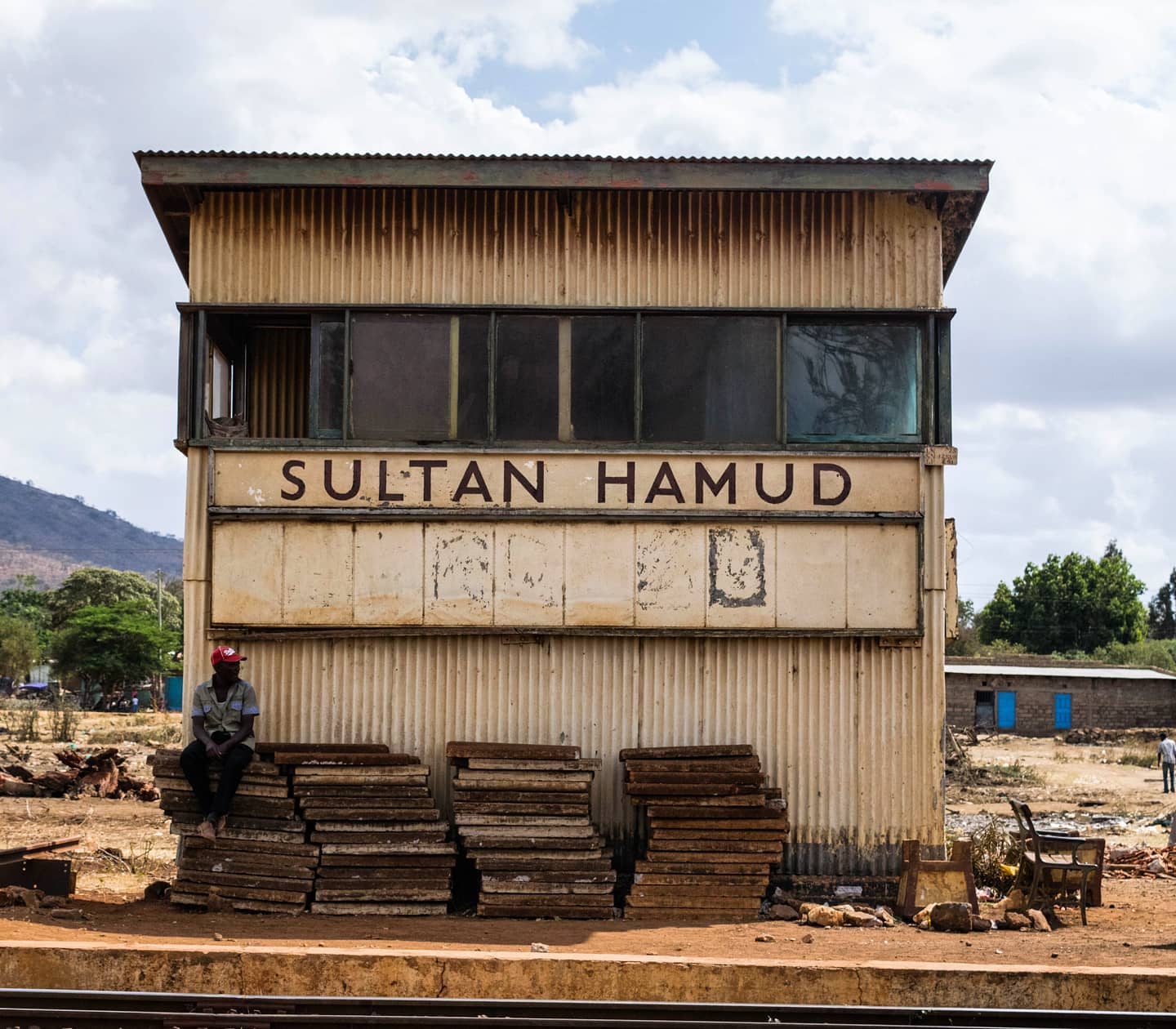
Signalling cabin at Sultan Hamud station. You can spot the ruins of the main station in the background. The building had been demolished a couple of days before this photo was taken to pave way for the SGR.
5 years ago
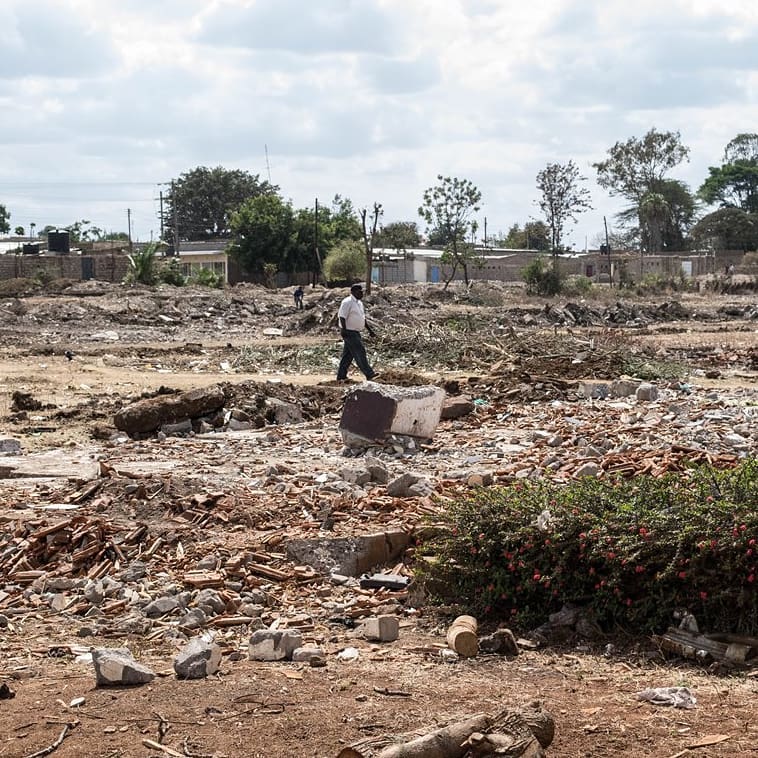
A man walks across the ruins of Sultan Hamud station. This picture was taken in August 2015. The station had been demolished a couple of days before we got there to pave way for the SGR.
5 years ago



Some more views of the stunning Makindu station, pictured here in October 2001.
Photo courtesy of Gurraj Singh
5 years ago
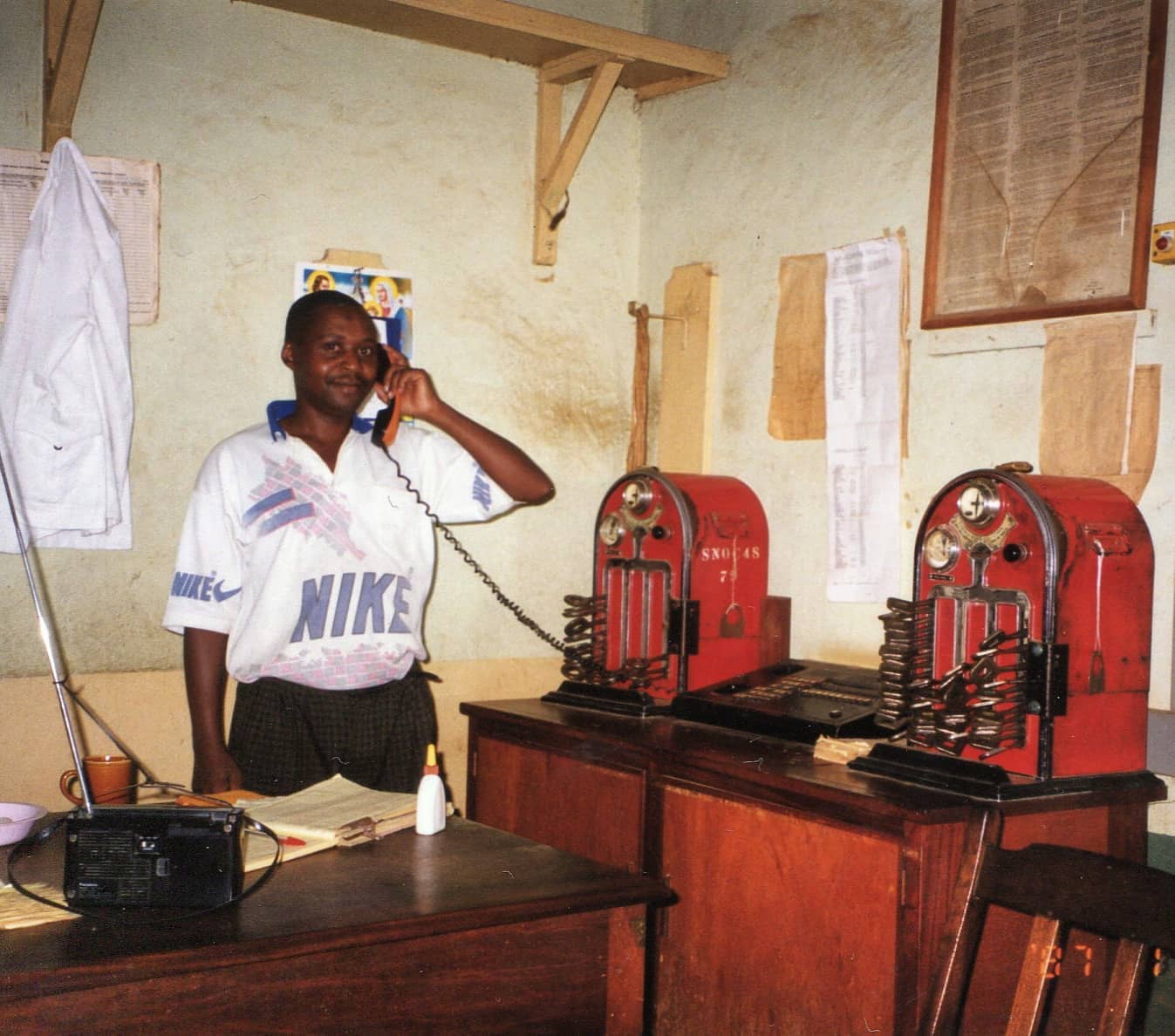
Mr.Mwogi station master, Makindu station 2001.
You'll notice that I have very few photos of people at the various stations. When I first started the project in 2013 my intention was to photograph the stations and interview people who worked in them along the way.
But as they say "kwa ground vitu ni different". The reality was that most stations had already been shut down by 2015 so it was incredibly rare to find any railway staff members.
This is largely why I still feel that this project is incomplete, because the memories and experiences of ordinary Kenyans have been erased and forgotten in favour of political, nationalistic histories.
So thank you to Mr.Mwogi wherever you are, we may not have met but your work is appreciated by many.
Photo by Terry Barton, 2001
5 years ago



The Makindu station (including hotel) was a beautiful building, built c.1920. This photo was taken in 2001 by Terry Barton.
Makindu town is named after the Kamba word for the Wild Date Palm tree which is prevalent in the area (You can spot one next to the station in the pictures above)
By the time I was doing this project in 2015, Makindu station had already been demolished to pave way for the SGR. I personally never got a chance to see it but I'm grateful for all the photos people have shared with me.
Photo Courtesy of Terry Barton.
#Kenya #Makindu #Railways #History #EastAfrica
5 years ago
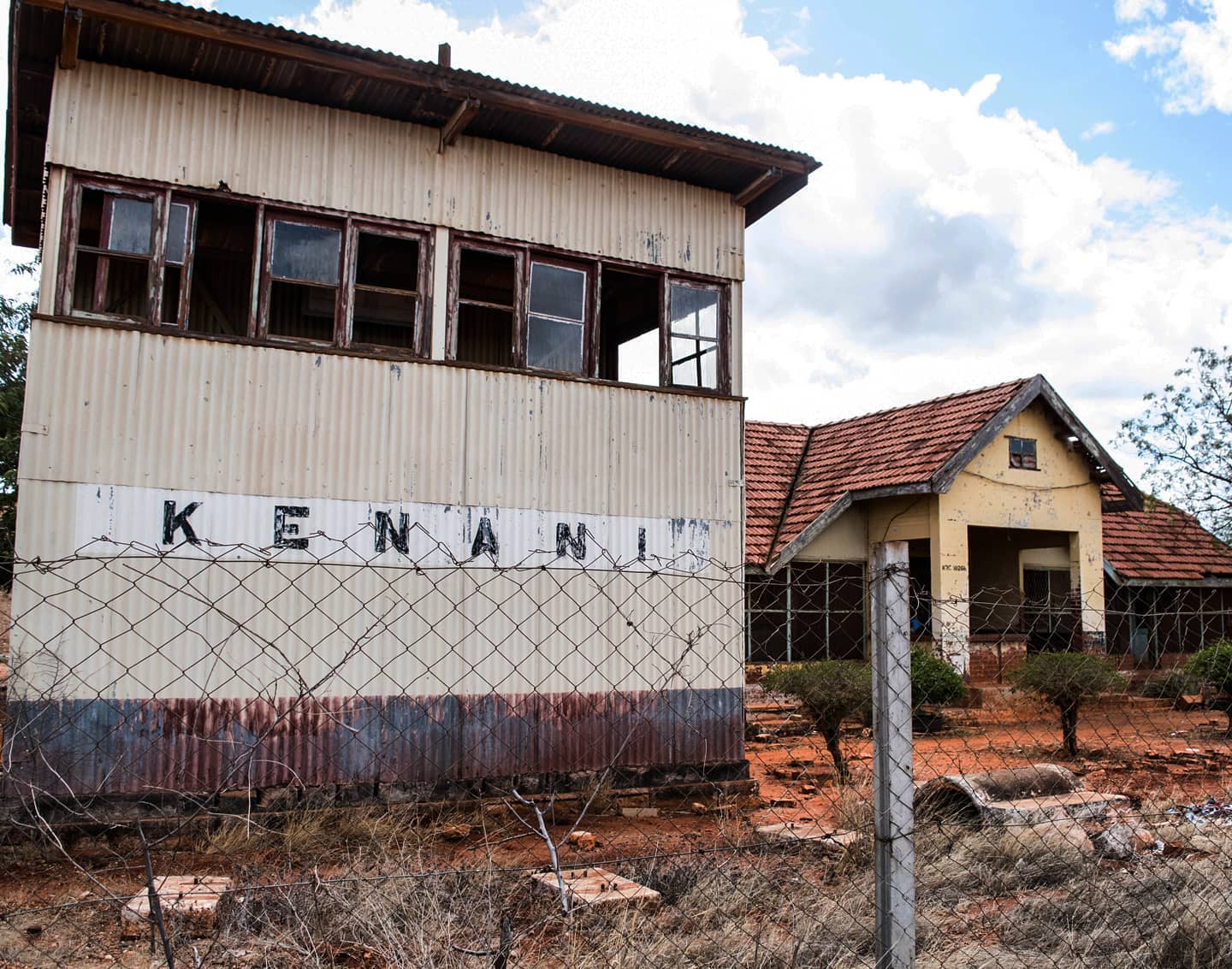
Kenani station immediately after Kyulu if going in Mombasa - Nairobi direction.
5 years ago
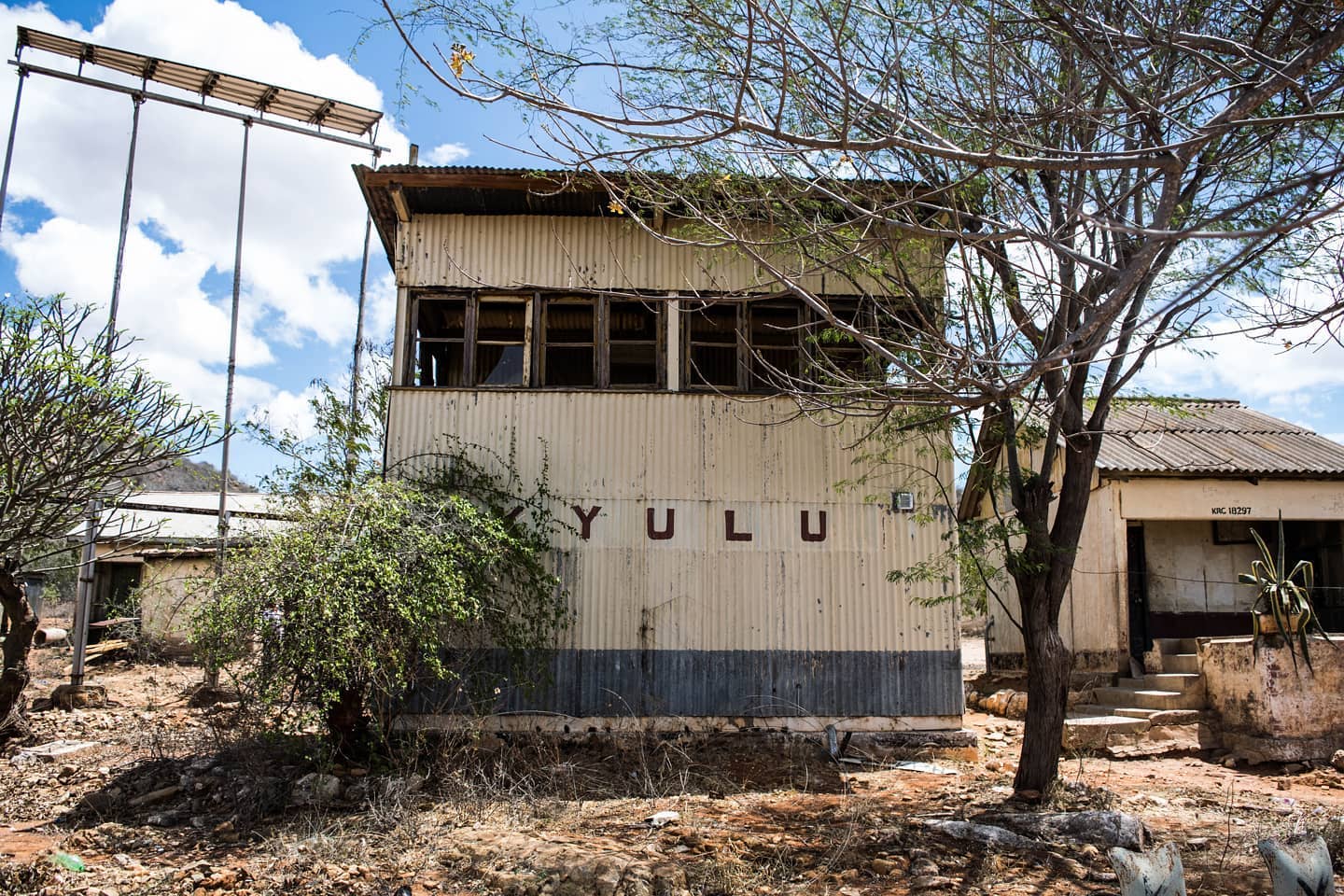
Kyulu station not Yulu station ☺️ a few miles before Mtito Andei (if approaching from Mombasa to Nairobi) the station is quite adjacent to the main Msa - Nairobi road. Captured Oct 2015
5 years ago


Half way between Mombasa and Nairobi. Mtito Andei station. Captured October 2015.
#Railway #RailwayHistory #EastAfrica #Kenya #Uganda #Tanzania #AfricanRailways
6 years ago



Half way between Mombasa and Nairobi. Mtito Andei station. Captured October 2015.
#Railway #RailwayHistory #EastAfrica #Kenya #Uganda #Tanzania #AfricanRailways
6 years ago



Looking at it, you can't tell that this is probably the most famous station in the entire history of the railway. Infamously associated with the Man Eating Lions of Tsavo, Tsavo station is a small structure with a big name.
By this time in October 2015, the station was barely functioning, only one or two staff were present to oversee the occasional cargo train...... But then again, whether today or historically, who for fear of their life would casually alight here? The legend remains.
Notice the SGR piers in the background.
#Tsavo
6 years ago



Looking at it, you can't tell that this is probably the most famous station in the entire history of the railway. Infamously associated with the Man Eating Lions of Tsavo, Tsavo station is a small structure with a big name.
By this time in October 2015, the station was barely functioning, only one or two staff were present to oversee the occasional cargo train...... But then again, whether today or historically, who for fear of their life would casually alight here? The legend remains.
Notice the SGR piers in the background.
#Tsavo
6 years ago
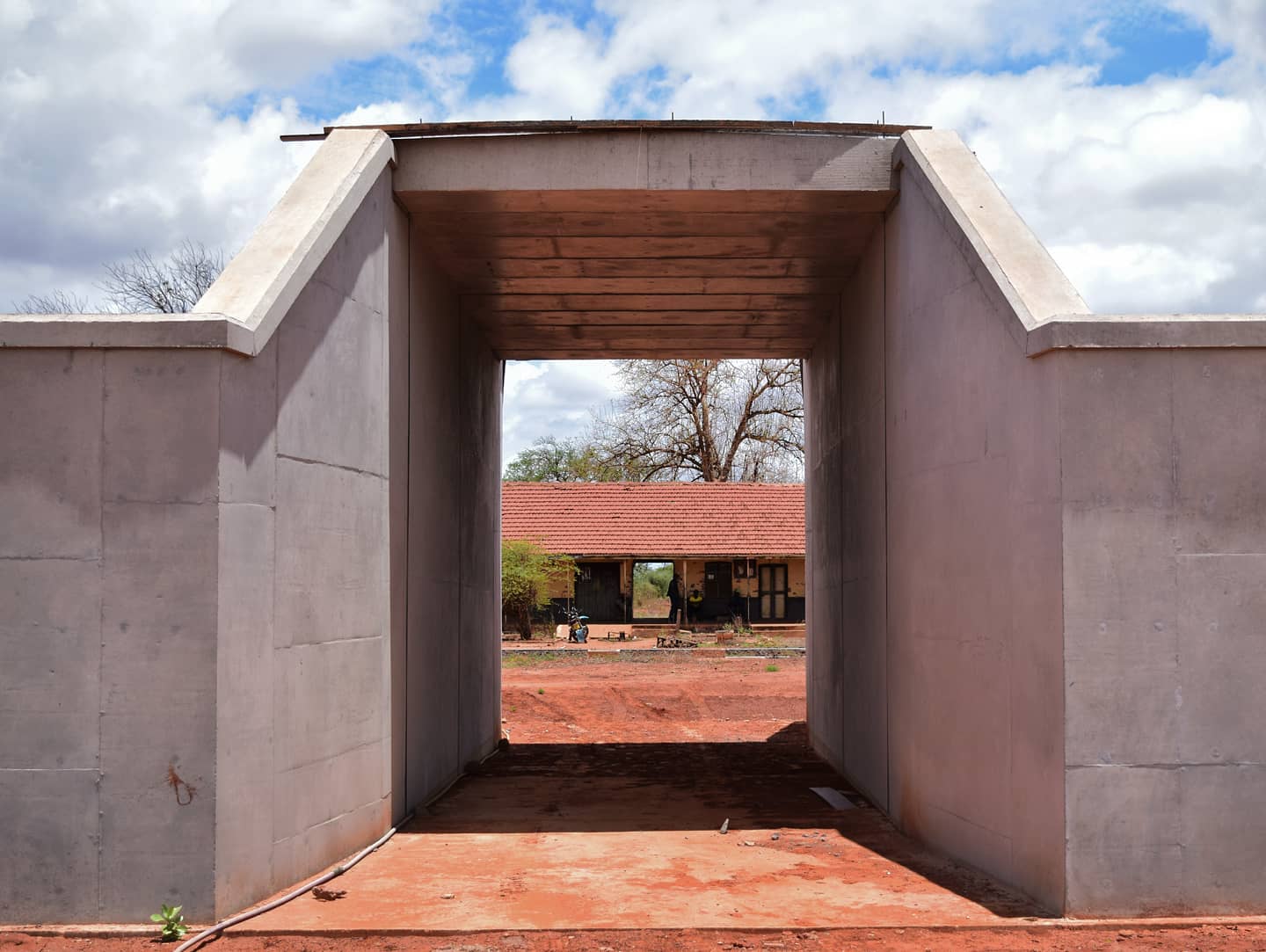
Old vs New. Old Ndi station in the background, SGR in the foreground. Captured October 2015.
6 years ago
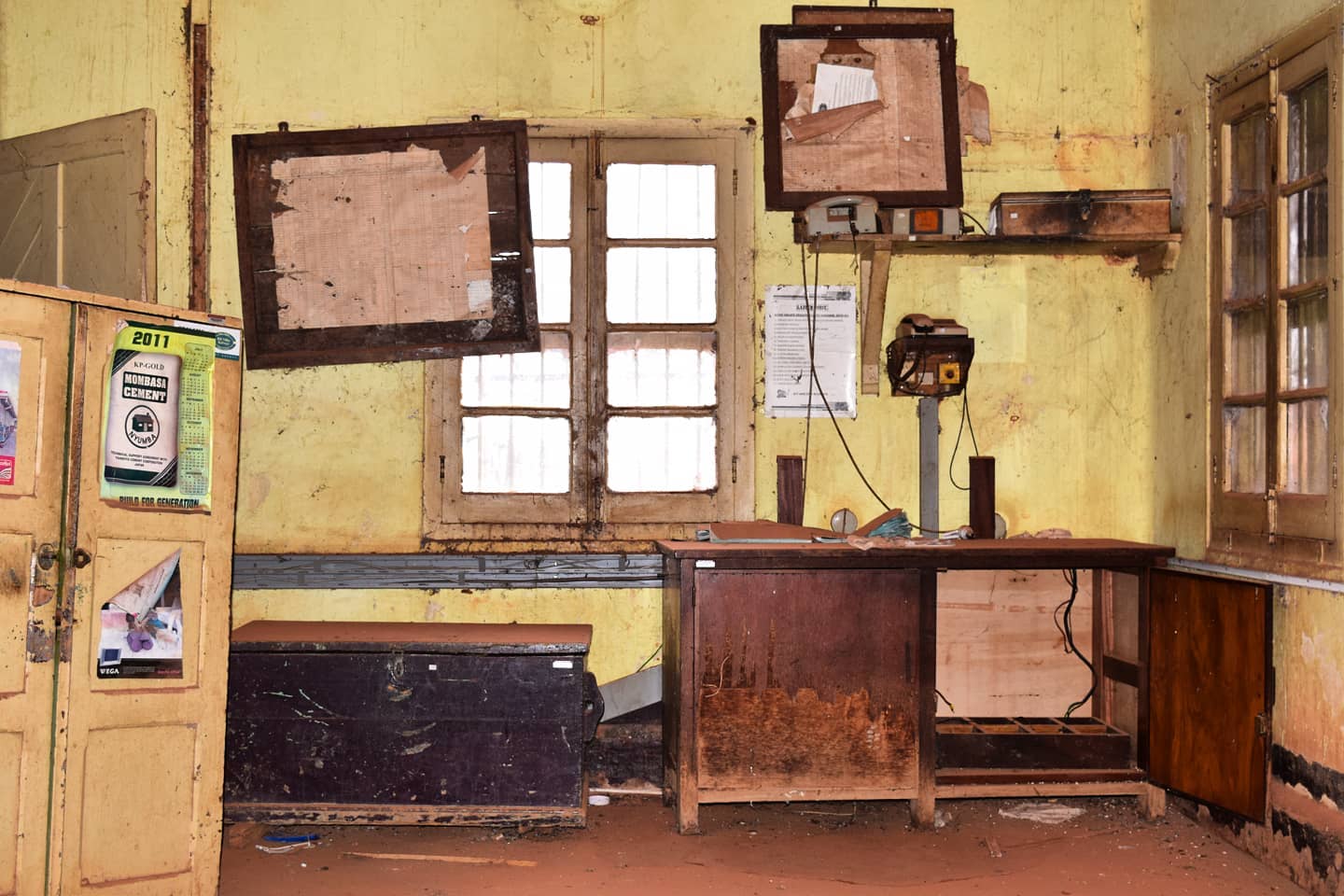
Interior of Ndi station. This was taken in October 2015. By this time, most stations had been shut down, we were lucky enough to find the station caretaker who let us in. You can tell from the state of the interior that it hadn't been in use for a long time.
6 years ago
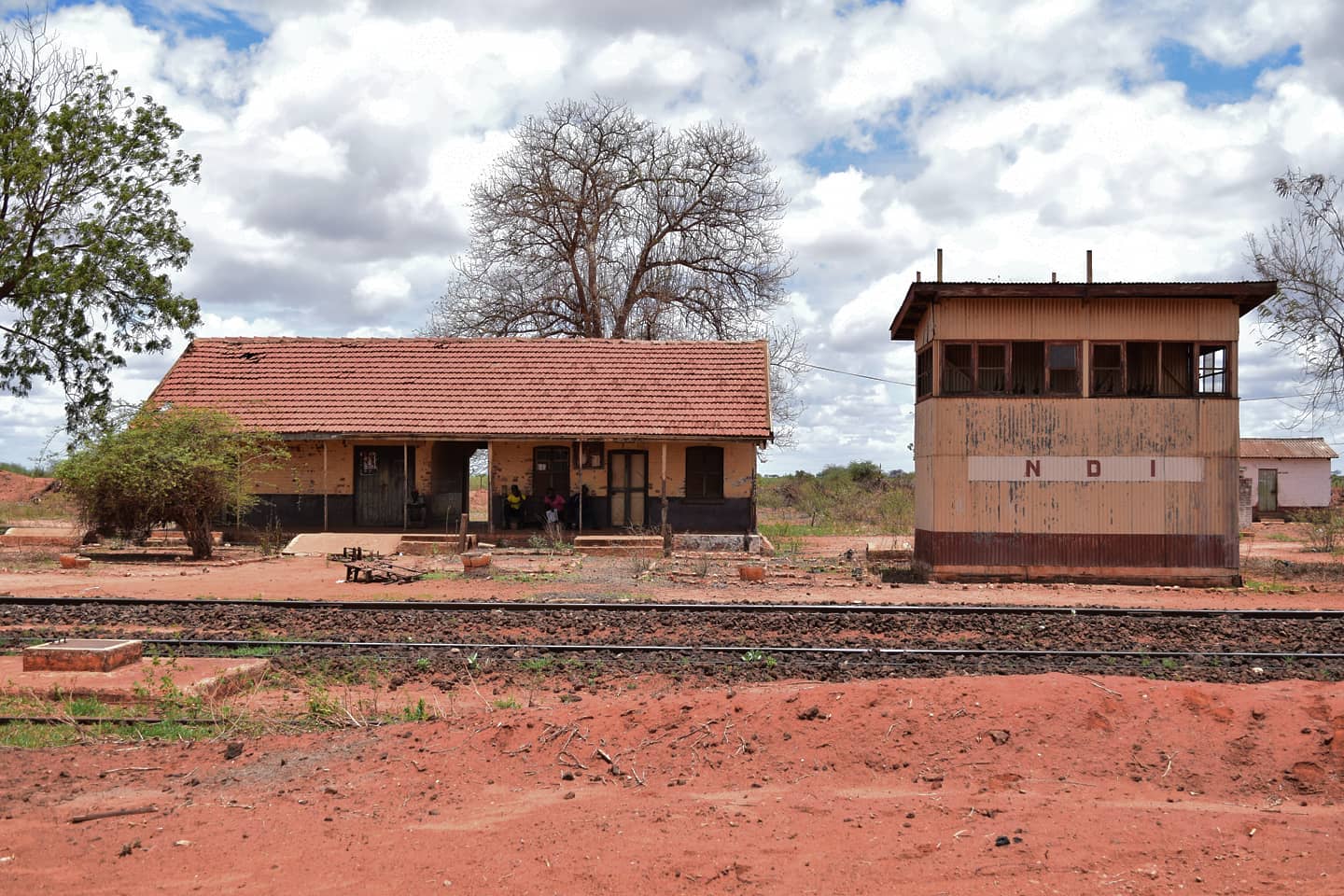
Ndi station between Irima and Voi. This station was one of my personal favourites.
6 years ago
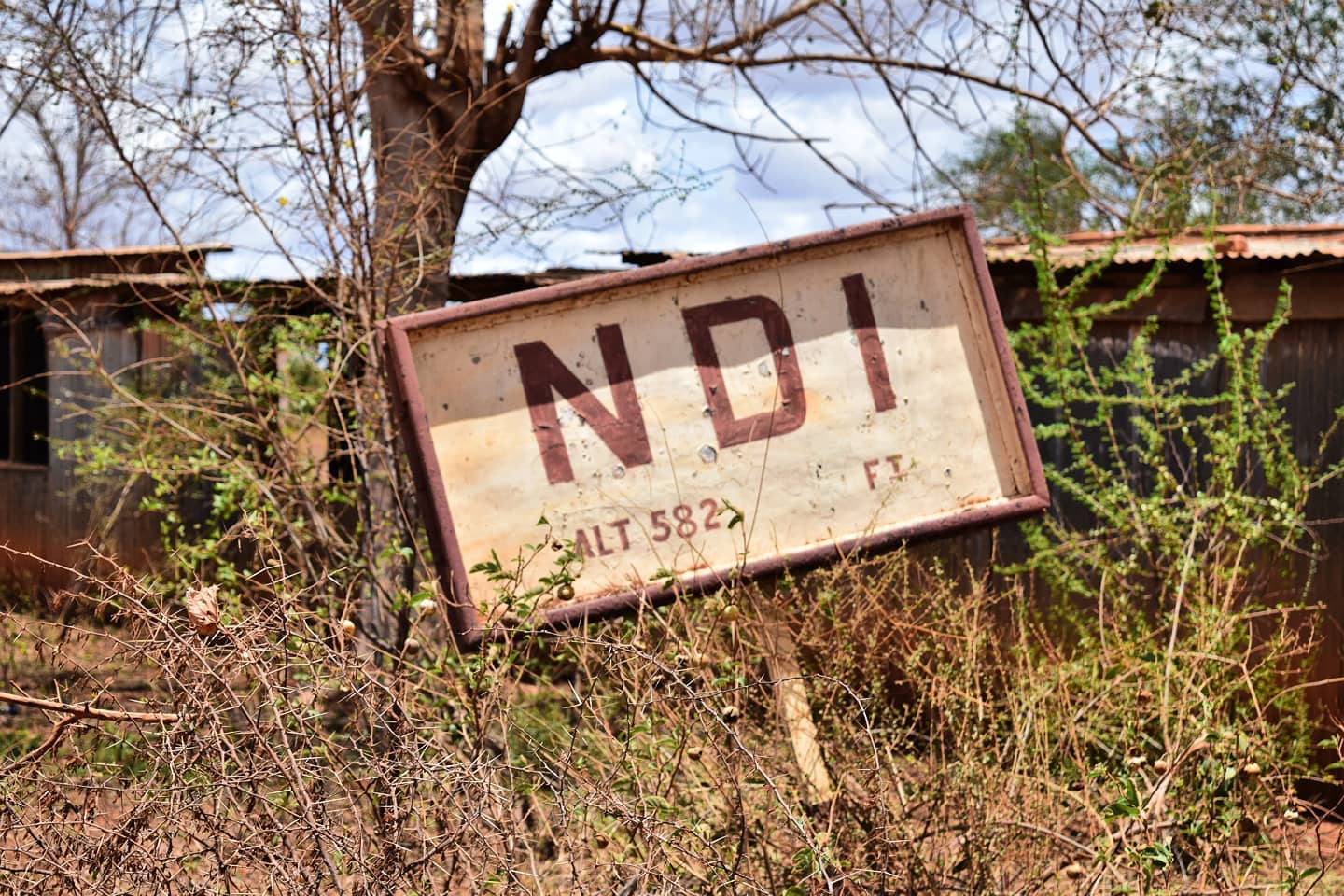
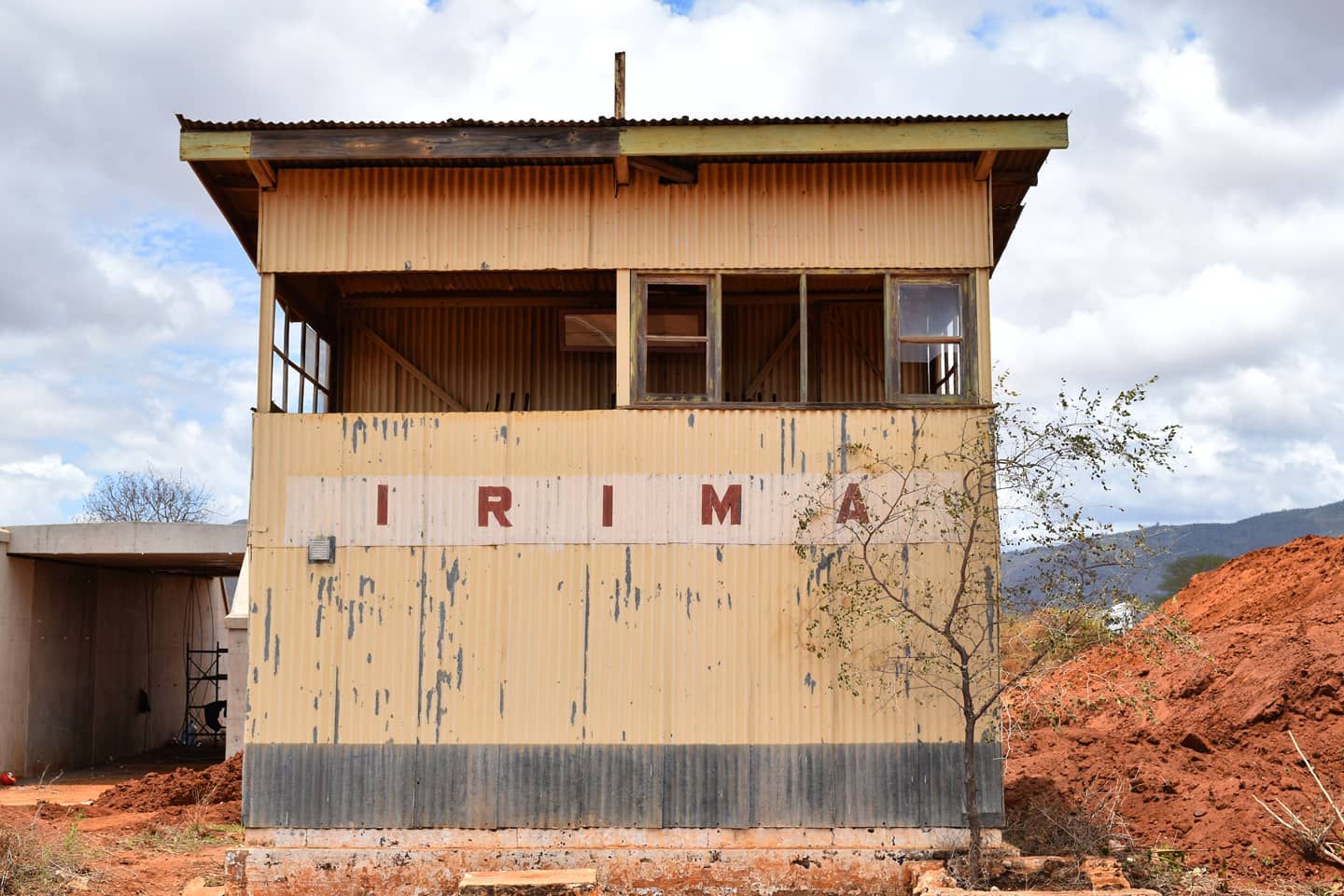
Irima station signalling cabin before/after Voi station depending on the direction you're moving 😊. Notice construction of the SGR in the background.
Captured in October 2015
6 years ago
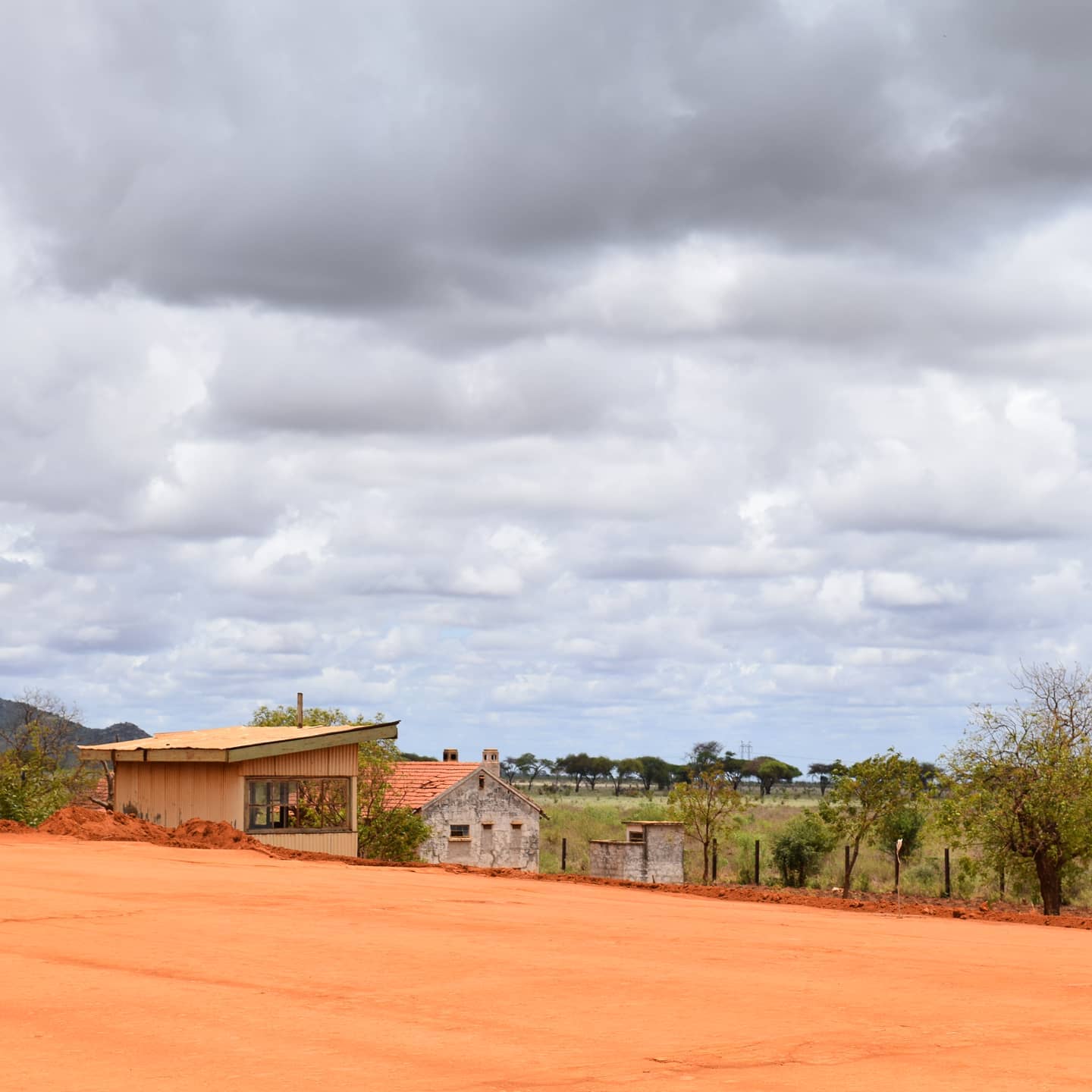
Irima station, just after Voi. The graded murram section you can see in the foreground is the foundation for the elevation of the SGR which was in construction at the time.
Captured in October 2015
6 years ago
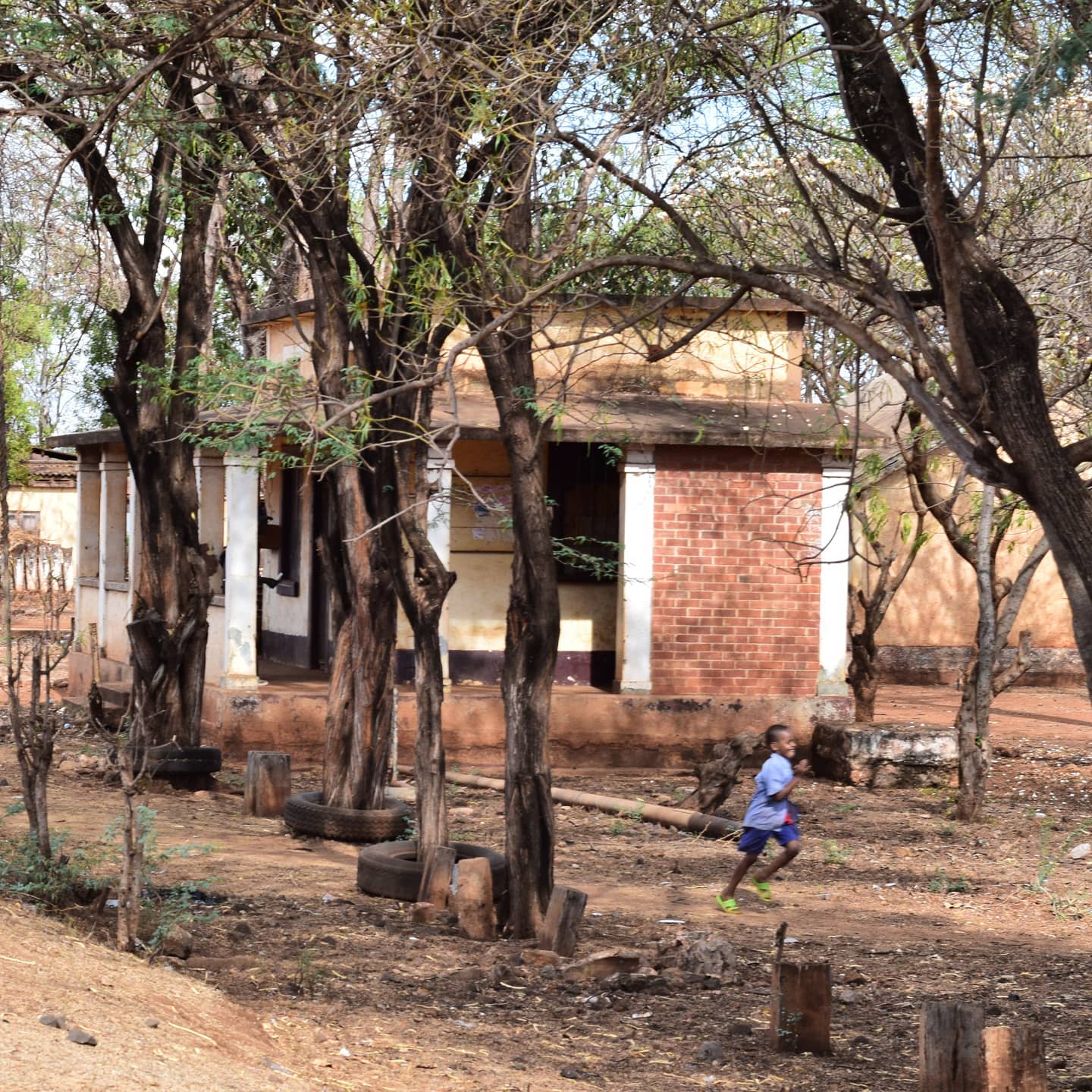
Abandoned railway stations make the best playgrounds.
After school games on and around the tracks. Kids playing hide and seek around stations was one of the best things to witness in many stations around the country. Even in absence of function, life goes on.
Taveta Station. Captured October 2015
6 years ago
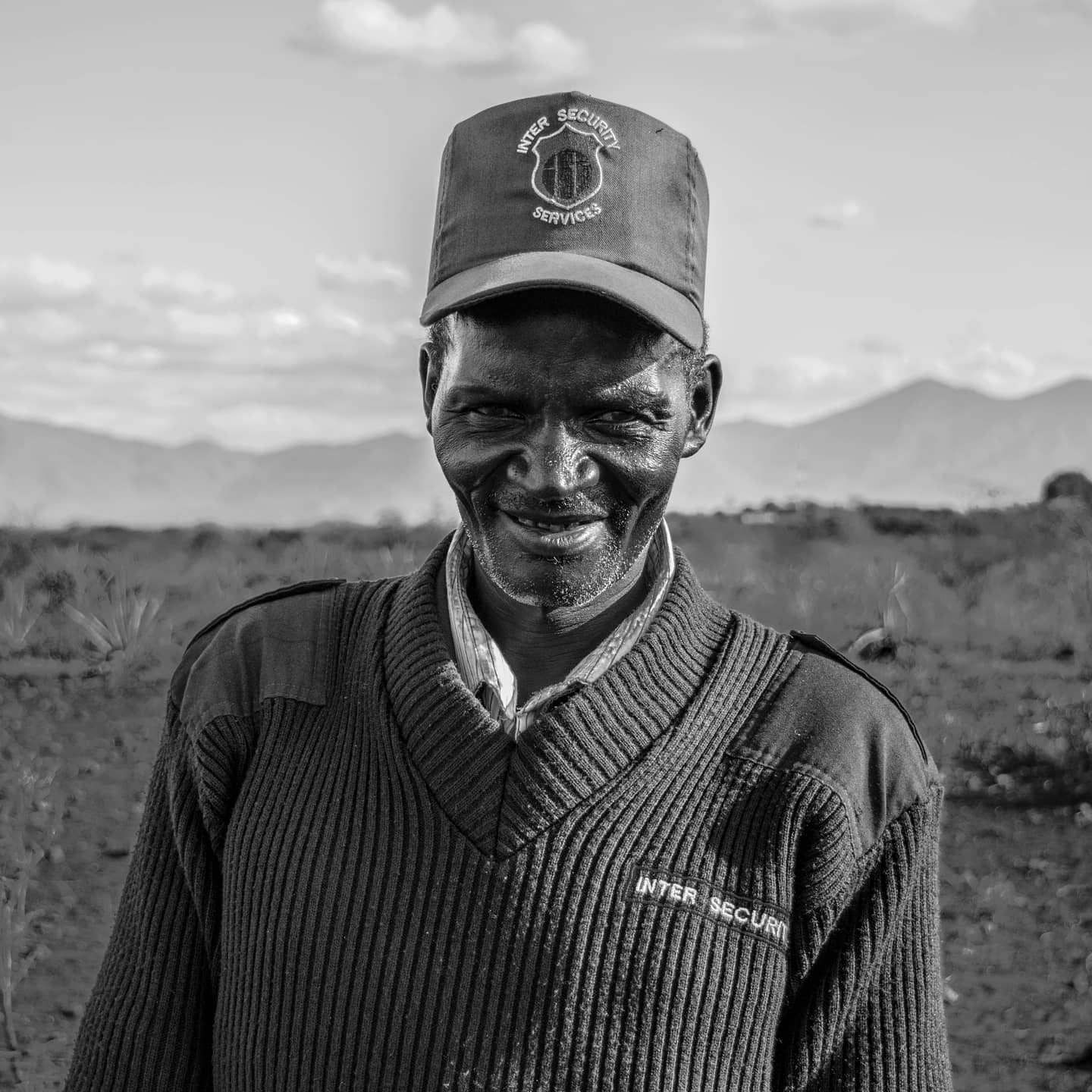
When I set out to photograph the stations one of the things I wanted to do was to find out the history of each station by interviewing the people working there.
But as they say "kwa ground vitu ni different" . When I got there, most stations were shut or abandoned because in most parts of the country the railway had stopped running.
The people you would find there, were the caretakers or security guards often serving on a rotation basis from station to station.
In a beautiful sense this was indicative of the railway itself, snaking across an entire country detached from the lives it used to serve. The railway was a stranger to us, just like we were strangers to each other. And this was something to bond over ☺️. I'm grateful to Joseph who allowed us to take photos of the Taveta station and also took the time to show us where the railway crosses over into Tanzania.
Captured: October 2015
6 years ago
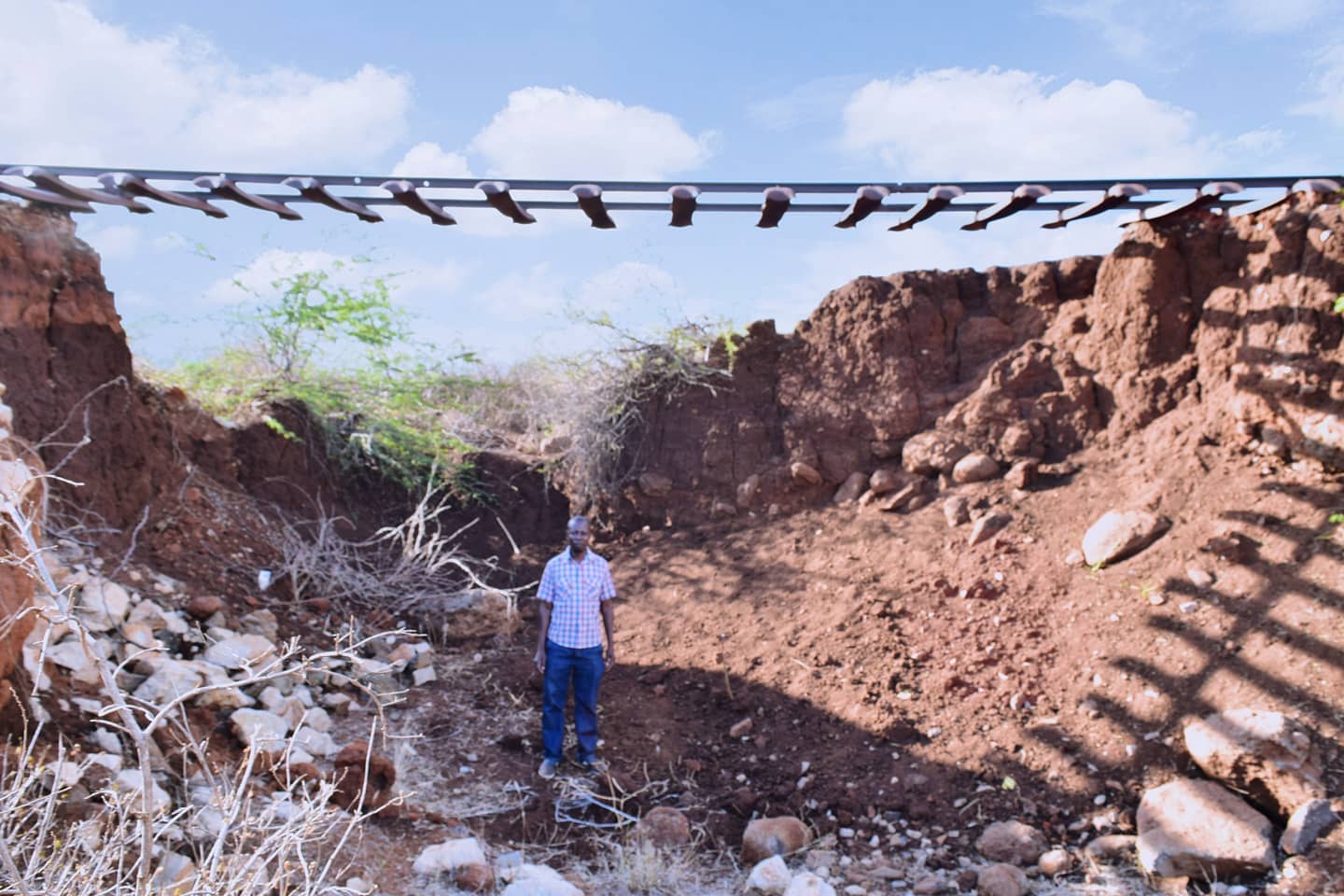
How often do you get to see a suspended railway line? This photo was taken somewhere along the Kenya - Tanzania border in October 2015.
6 years ago



"Mbona unapiga picha hizi vitu bure, si afadhali unipige mimi". Hili ni swahili ambalo niliulizwa na mpita njia mmoja huko Taveta.
Japo swali lilikuwa la kuchekesha, lilinihuzunisha sana na baada yake nilianza kujishuku na kujiuliza kama kweli kazi hii ina umuhimu wowote. Kumbuka, wakati huu nilikuwa mwanafunzi katika chuo kikuu, sikuwa na pesa wala namna ya kuenedelea na mradi huu pasi na msaada niliopata kutoka rafiki na familia yangu.
Licha ya hayo, Taveta ni stesheni iliyo nipendeza zaidi na stesheni ambayo kamwe sitasahau. Sio kwa usanifu wa mjengo na mazingira yake pekee, pia kwa funzo nililopata kutokana na lile swali. " Sio lazima watu wote waelewe sababu zako maishani, bora wewe ujiamini"
6 years ago
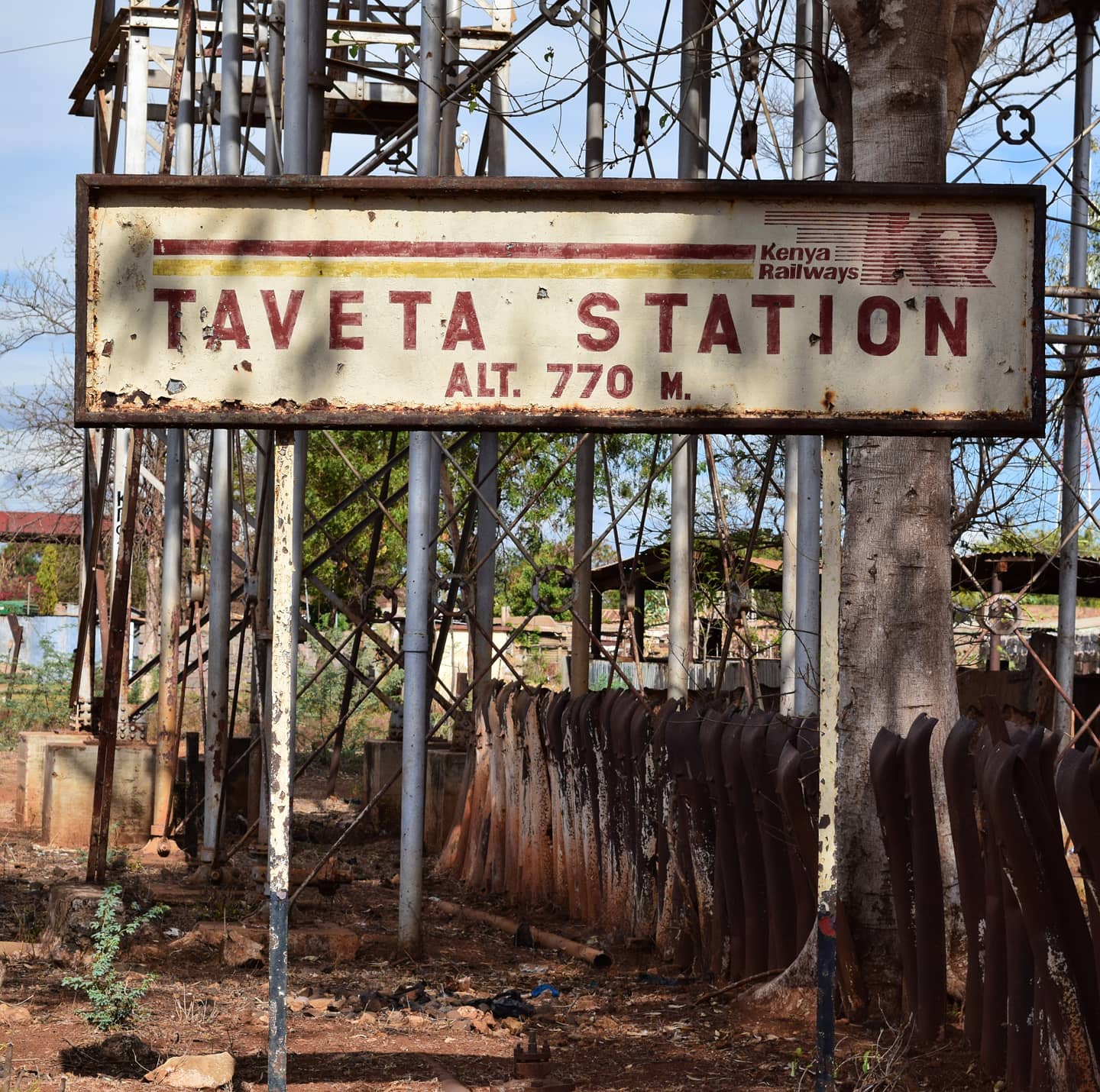
Taveta station is the last station along the Voi - Taveta line.
One interesting thing about the Taveta line was that it was built purely for military purposes as a way to transport troops and ammunition from Mombasa to Tanganyika border during WW1.
Taita Taveta County was the scene of vicious battles between British and German forces. Today the county hosts an array of historical sites related to the WW1 period.
After the world war, Tanganyika was administered as a British colony and the line continued to serve as an important means for transfer of goods and people between the two countries. The neighbouring town on the Tanzania side is known as Holili.
6 years ago



Maktau is a little station along the Voi - Taveta line, with a big history. In 1916, Maktau become one of the first military railway stations in Africa. Serving as a terminal for offloading British troops who were battling German army in Tanganyika.
The Voi - Taveta line was built primarily to ease the transfer of ammunition and troops during the first world war. Goods and soldiers would arrive by ship at the Mombasa port and be transported by train to Voi. After that they would be transferred to Taveta along the Kenya - Tanganyika border.
The name Maktau is said to be a local modification of the English phrase "Mark time" which was commonly used in the military.
Today, Maktau is a small, nondescript town hardly noticeable as you drive along the Voi - Taveta highway. The town also hosts two Commonwealth War Cemeteries one for Indian soldiers and the other for European soldiers who died in EA during the war. African soldiers were buried in unmarked graves.
#Railway #RailwayHistory #EastAfrica #Kenya #Uganda #Tanzania #AfricanRailways #ww1
6 years ago
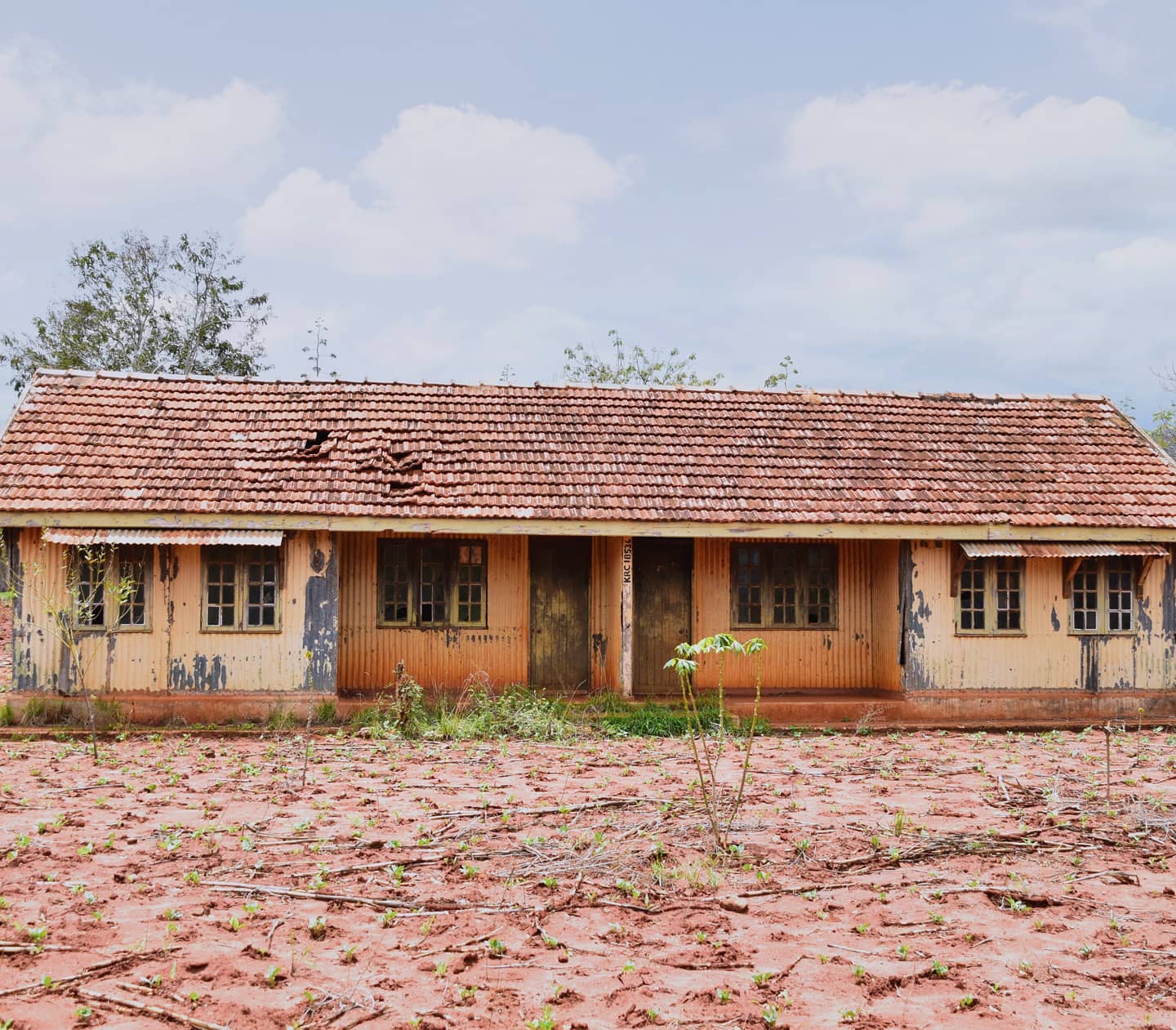
Mwatate station just after Voi along the Voi - Taveta line that links to Tanzania. The station is located inside a private sisal farm and not available to the public .
The Voi - Taveta was not transporting cargo or passengers at the time this photo was taken.
Captured: October 2015
6 years ago


Patrick Mwaluda the caretaker and security guard at Mwatate Railway Station. I first met Mr.Mwaluda in 2014 (second photo). I was studying n Voi at the time so it made sense to start with the stations that were closest. Mwatate was the second station I visited in this project so it will always be close to my heart. I'll always be thankful to Mr.Mwaluda for welcoming us (not once but twice). We remained friends after.
This photo was taken in Oct 2015 on a second trip to the station this time with a better camera (obviously ☺️)
6 years ago
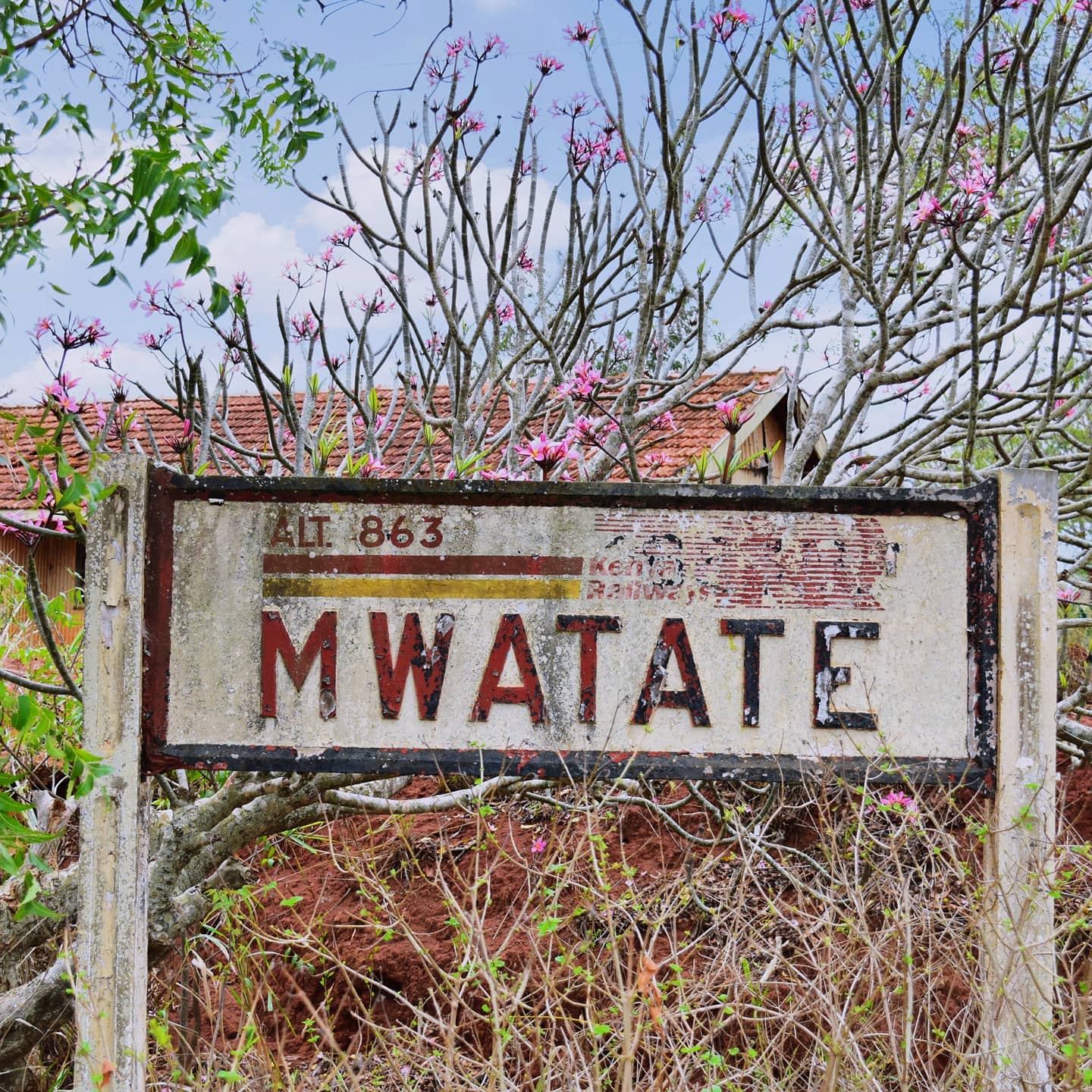
Mwatate station just after Voi along the Voi - Taveta line that links to Tanzania. The station is located inside a private sisal farm and not available to the public .
The Voi - Taveta was not transporting cargo or passengers at the time this photo was taken.
Captured: October 2015
6 years ago
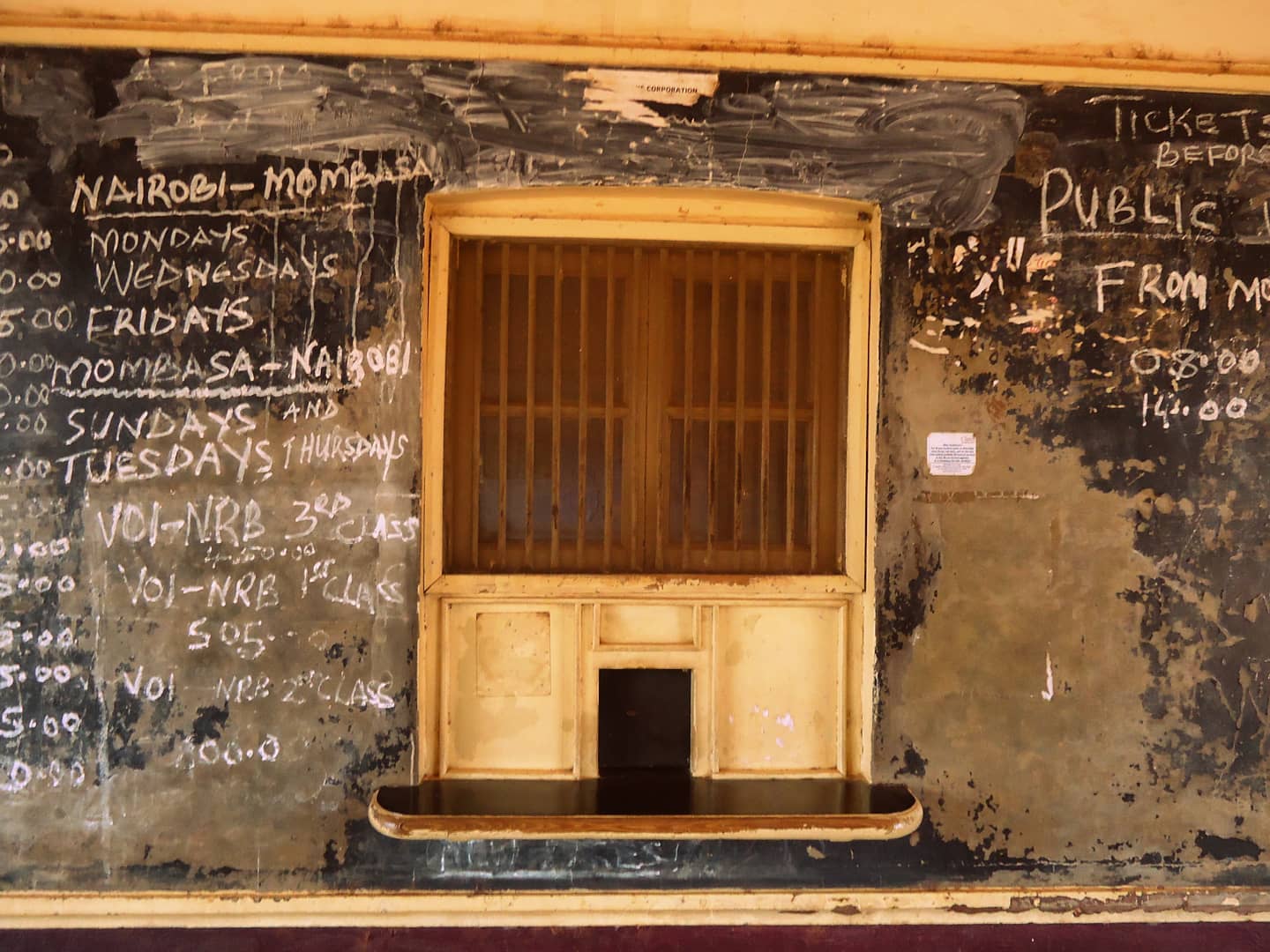
Captured: August 2013
Booking office at Voi railway station, notice the weekly train schedule written on the board.
#Railway #RailwayHistory #EastAfrica #Kenya #Uganda #Tanzania #AfricanRailways
6 years ago
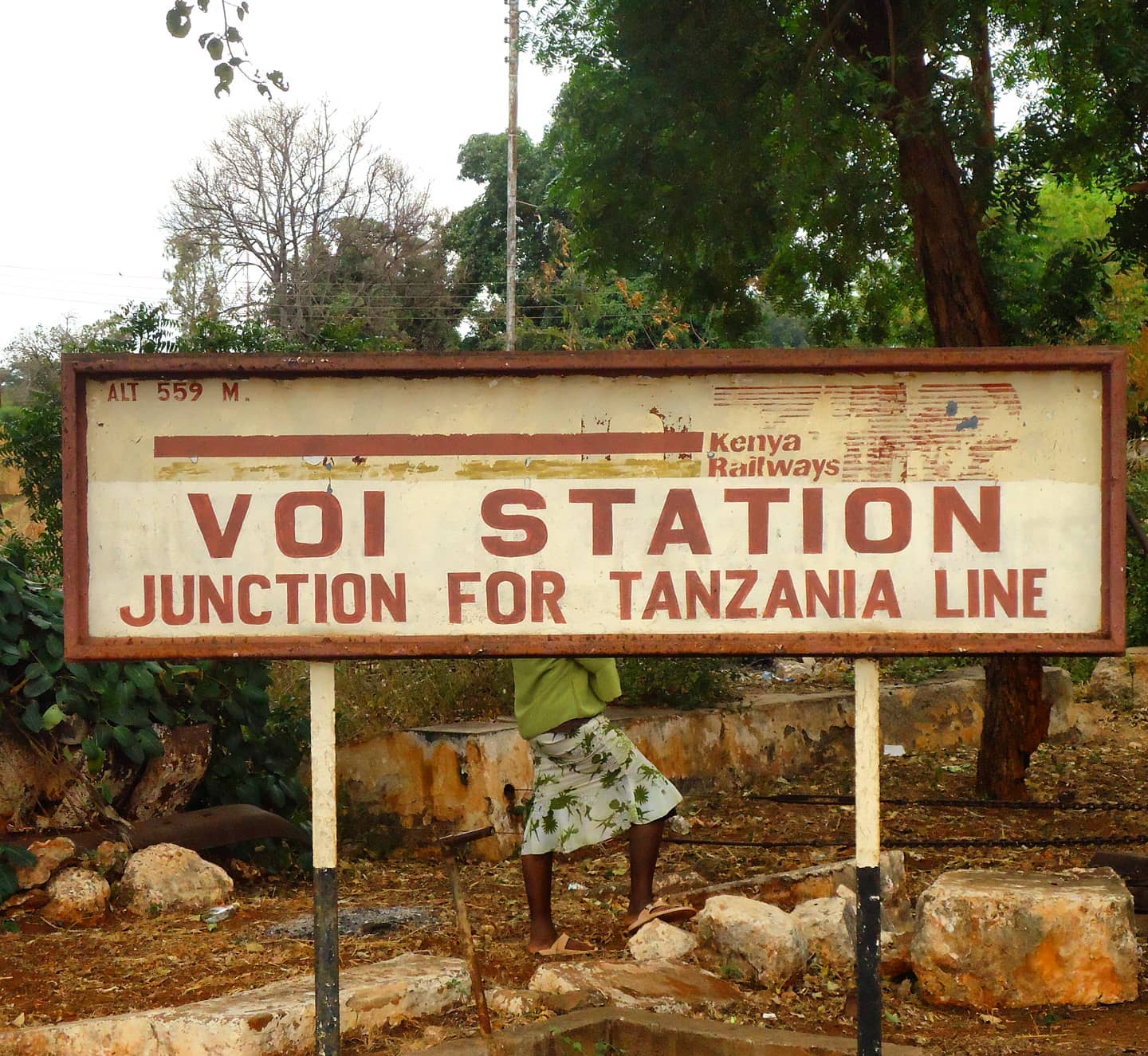
Captured: August 2013
Voi station was the main junction of the Voi - Taveta line which linked the railway in Kenya to Tanzania (Moshi). #Railway #RailwayHistory #EastAfrica #Kenya #Uganda #Tanzania #AfricanRailways
6 years ago
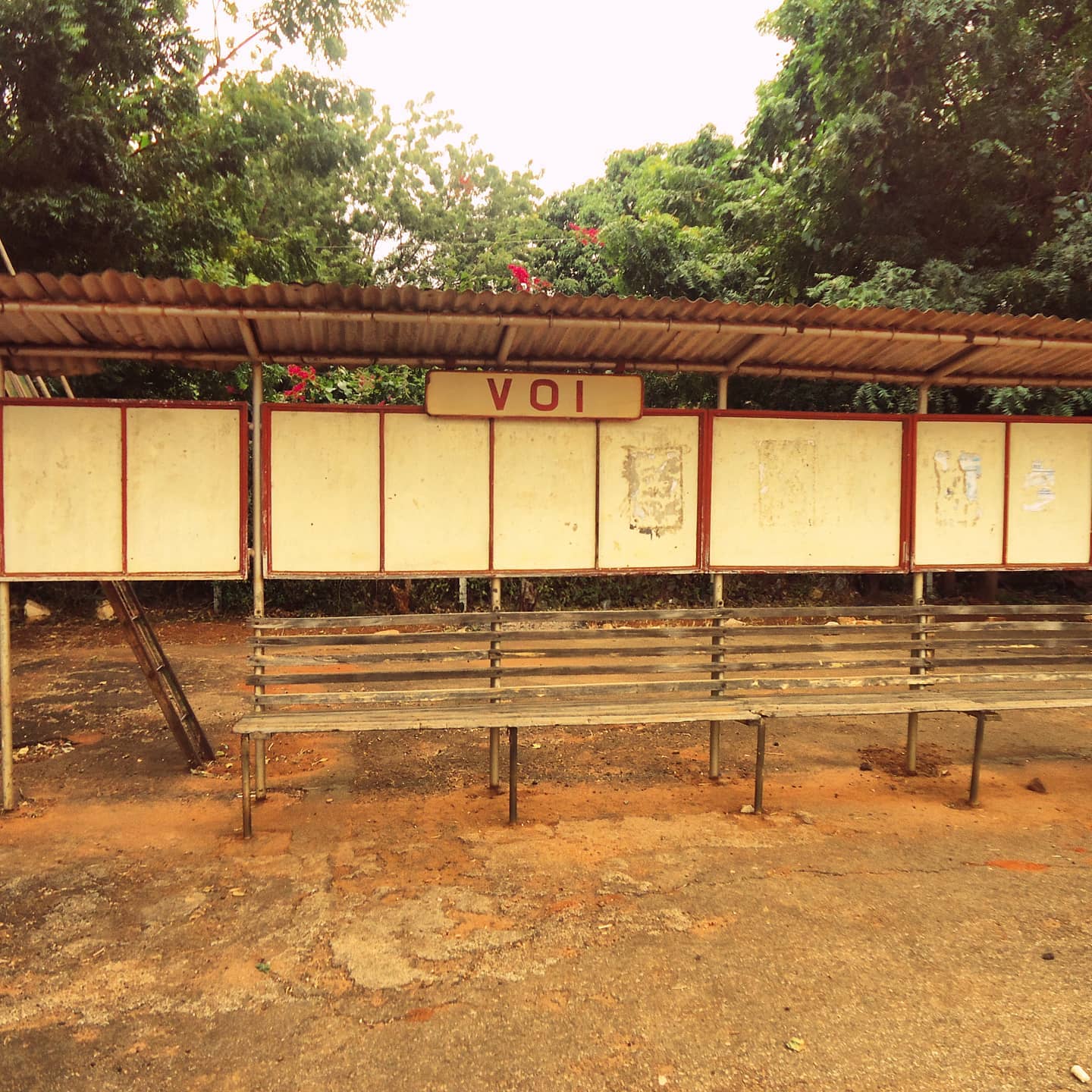
Captured: August 2013.
Waiting bench along Voi station platform. I also just happen to be a sucker for vintage signs.
#Railway #RailwayHistory #EastAfrica #Kenya #Uganda #Tanzania #AfricanRailways
6 years ago
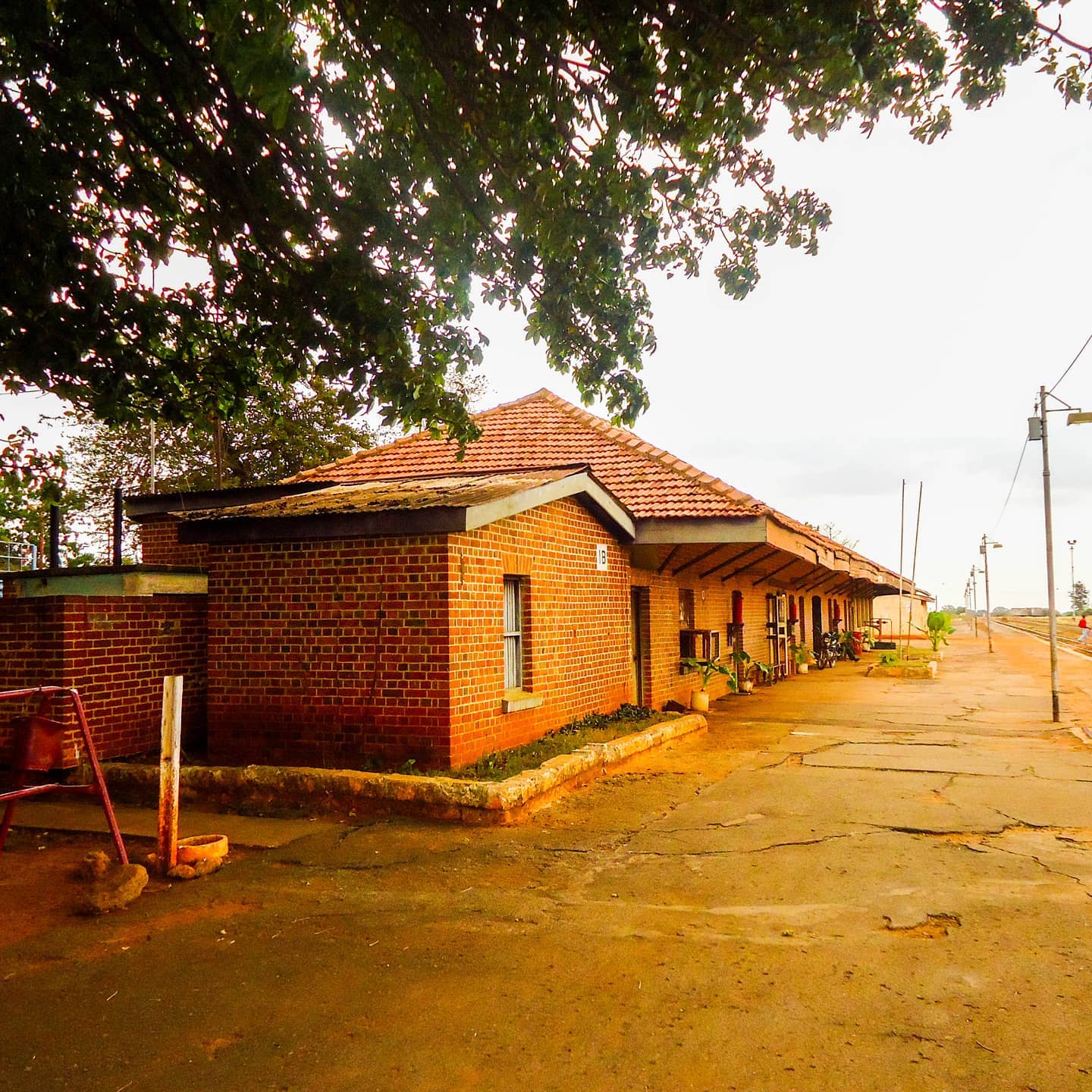
Captured: August 2013.
The building that sparked everything.
#Railway #RailwayHistory #EastAfrica #Kenya #Uganda #Tanzania #AfricanRailways
6 years ago
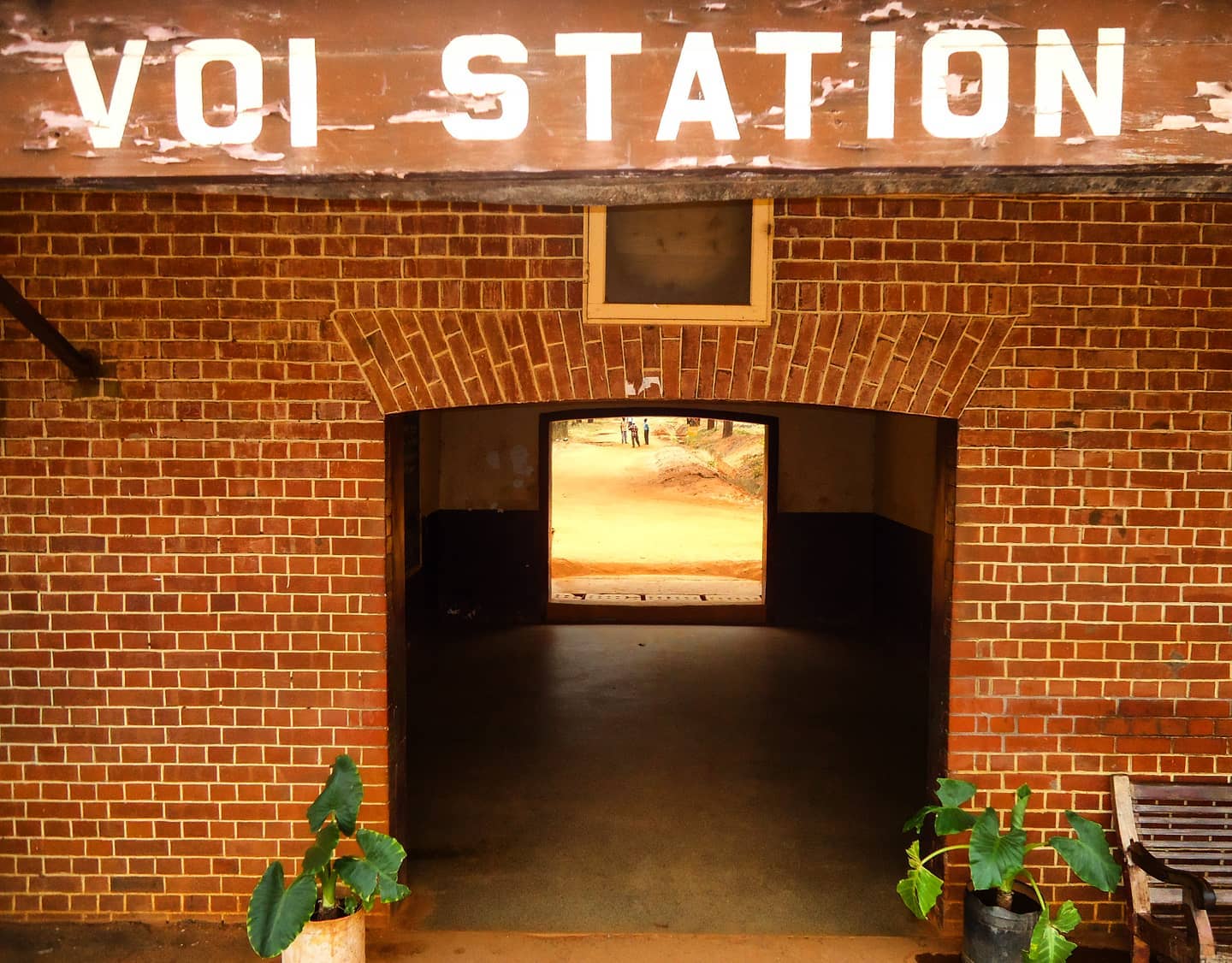
When I found out I was going to study in Voi in 2011, I was quite honestly utterly devastated. I didn't know what I would find there or even that there was a university in Voi in the first place! Voi was always that tiny town with the Caltex petrol station where you would stop on your way to Mombasa. That was it.
I thought it was the worst thing that could happen to me and constantly asked myself "what have I done to deserve this" ( Background: I had applied to study in Nairobi, well if you consider Juja Nairobi😅)...8 years later here I am thinking it quite honestly turned out to be the best thing that could have happened to me. .... On the onset it was small, uneventful and bland, but you just had to scratch the surface a little and all the hidden gems came to life.
It was in Voi that I started writing my first blog, Agora & one Saturday afternoon during my second year of uni in 2013 I decided to go visit this 'random' station...and well it changed the course of my entire life.
A few months after visiting it, I decided to start the broader project and visit all other stations around Kenya. It was mad, it was challenging, it was unheard of. ................. I wasn't a historian not to mention even able to afford it.
20 year old girl attempting to travel through different parts of the country most of which were remote, to do what? Take photographs of stations and interview people. What???? I had only been on the train once in my life (at age 8!) and I knew nothing about trains, all I knew was that a story needed to be told...and I did, albeit in the scruffiest way I could imagine. But to date, this remains one of my proudest achievements.
When I look back, I realise this project wasn't just about stations and photos. It was also a journey of self discovery, perseverance and self growth. I spent 4 years doing it (on the side btw) and I am eternally grateful for what it taught me...not to mention what it gave me indirectly ( a scholarship to do my Masters) ........... I guess sometimes the stories you seek most are the ones right in front of you. Hidden in plain sight.
6 years ago
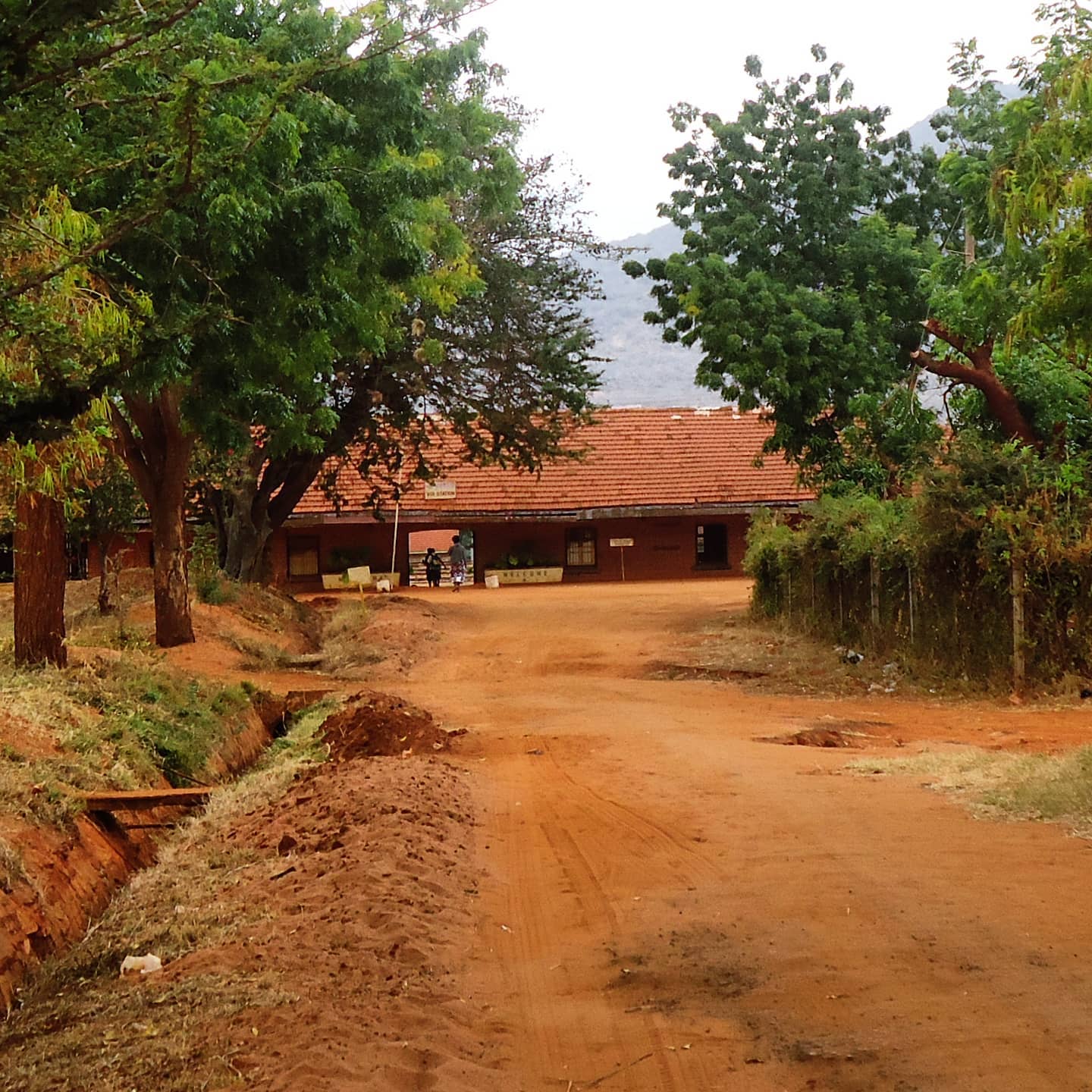
Captured: August 2013.
Path leading down to old Voi station. Sagala hill in the background. Remember walking down this path like it was yesterday, having no idea that this would be the start of a much bigger project.
This path is located opposite the Voi Commonwealth War Cemetery for anyone looking to visit.
#Railway #RailwayHistory #EastAfrica #Kenya #Uganda #Tanzania #AfricanRailways
6 years ago
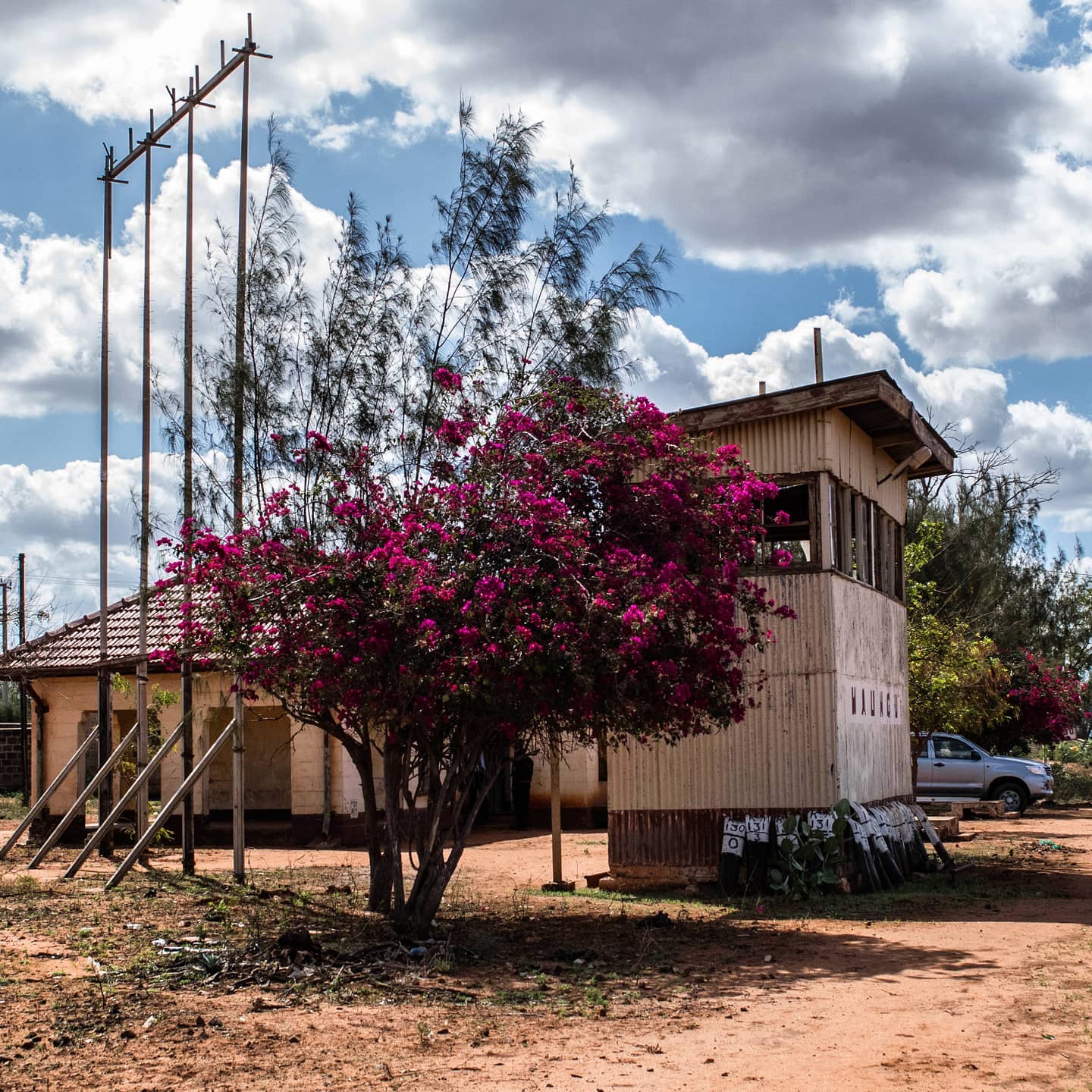
Captured: 15th October 2015.
A side shot of Maungu station showing signaling cabin and the main station building itself
6 years ago
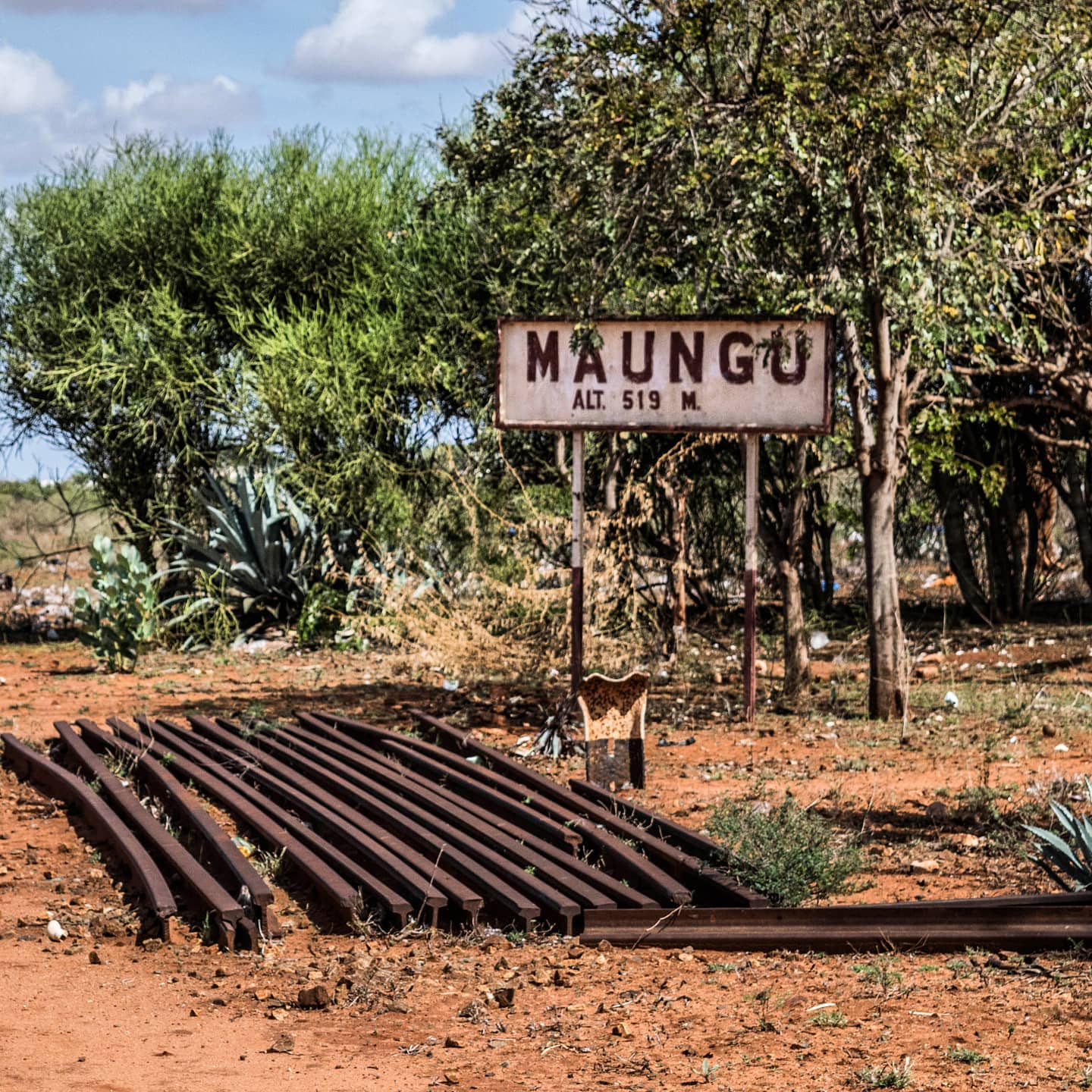
Captured: 15th October 2015.
Maungu station sign. Each station had a sign indicating station name and altitude above sea level.
#Railway #RailwayHistory #EastAfrica #Kenya #Uganda #Tanzania #AfricanRailways
6 years ago
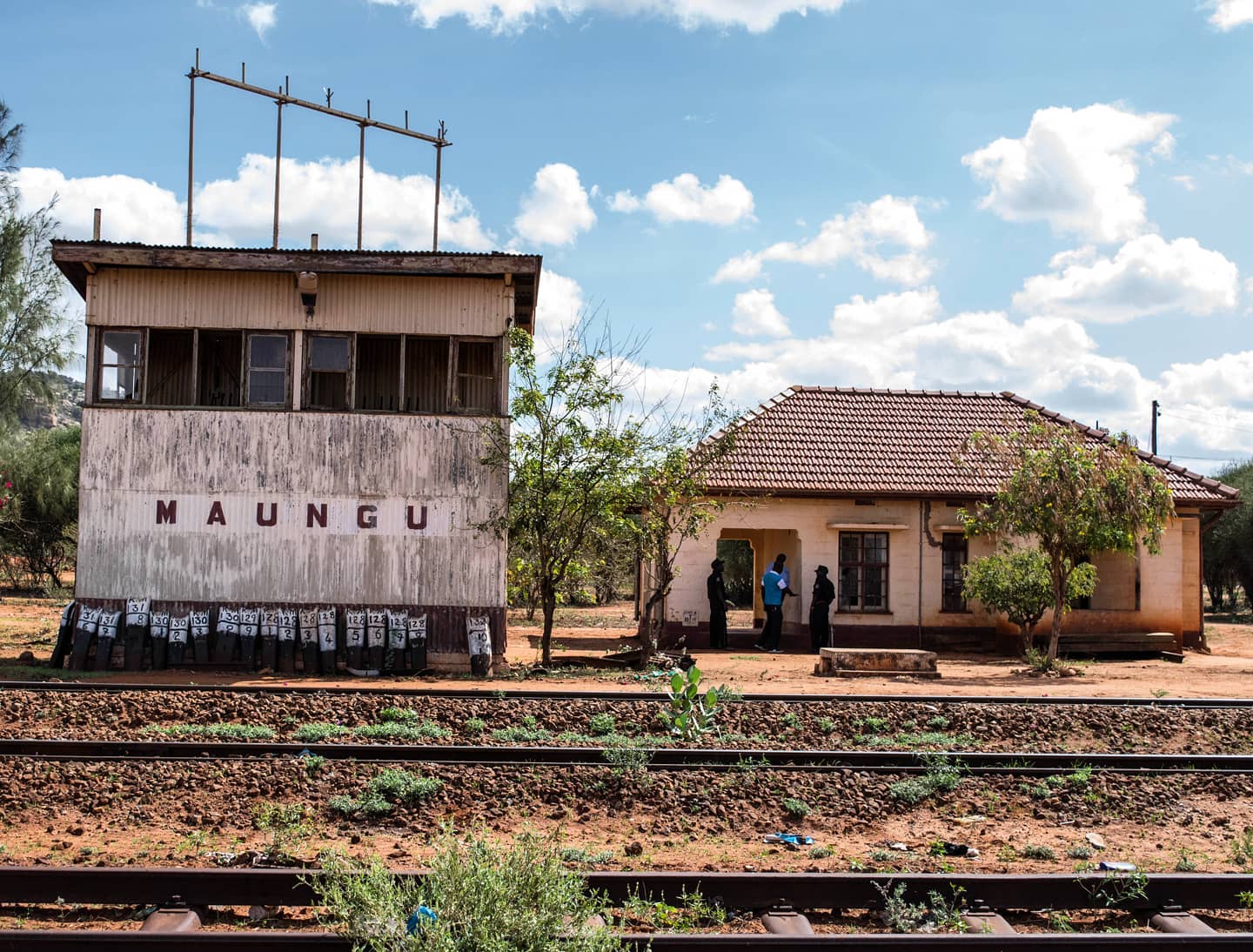
Captured: 15th October 2015
Maungu station just before you get to Voi. Somewhere in the background a conversation ensues.
#Railway #RailwayHistory #EastAfrica #Kenya #Uganda #Tanzania #AfricanRailways
6 years ago
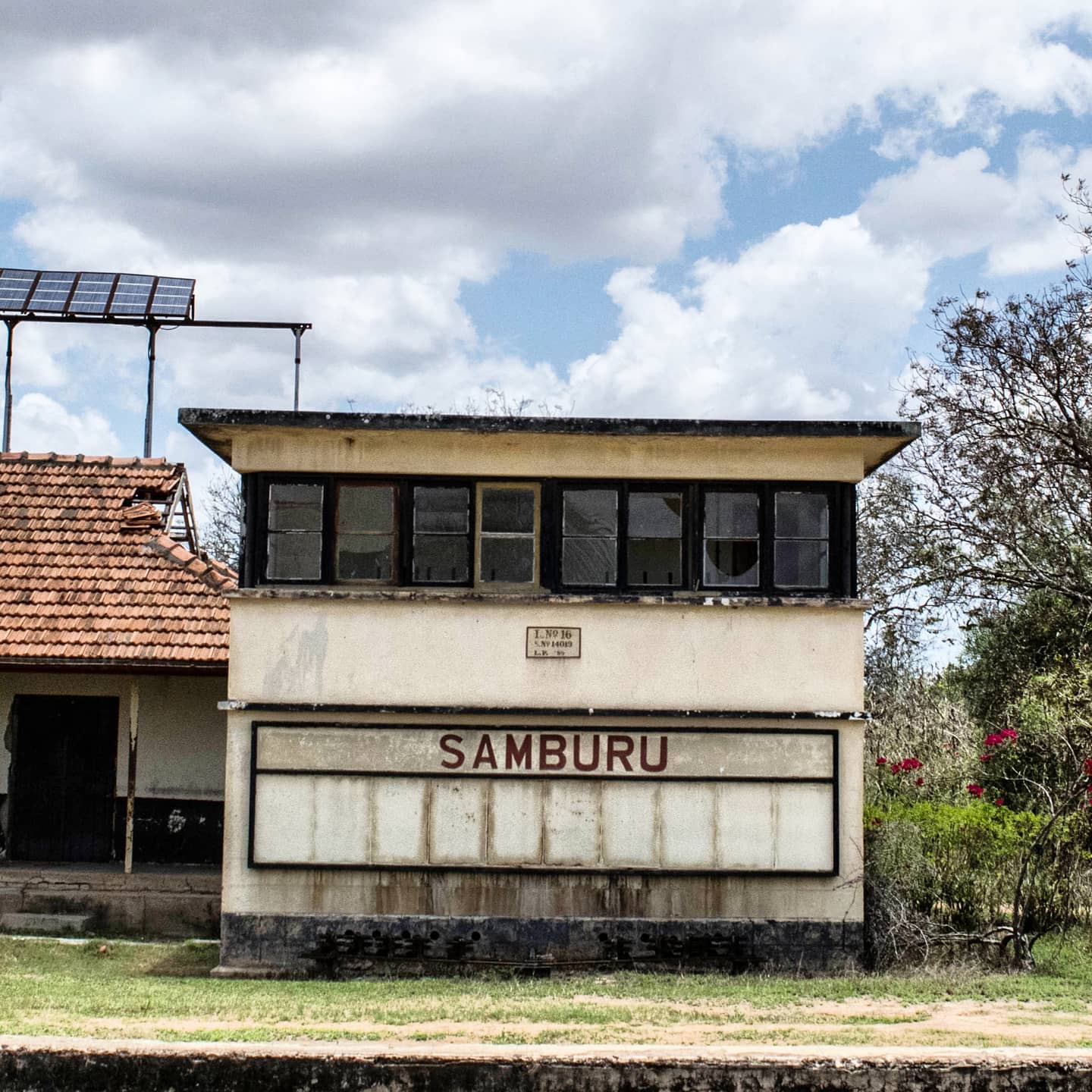
Taken: 15th October 2015
Samburu railway station along Mombasa- Nairobi line. The station is located between Voi and Mombasa and is not to be confused with the Samburu region in northern Kenya.
#Railway #RailwayHistory #EastAfrica #Kenya #Uganda #Tanzania #AfricanRailways
6 years ago
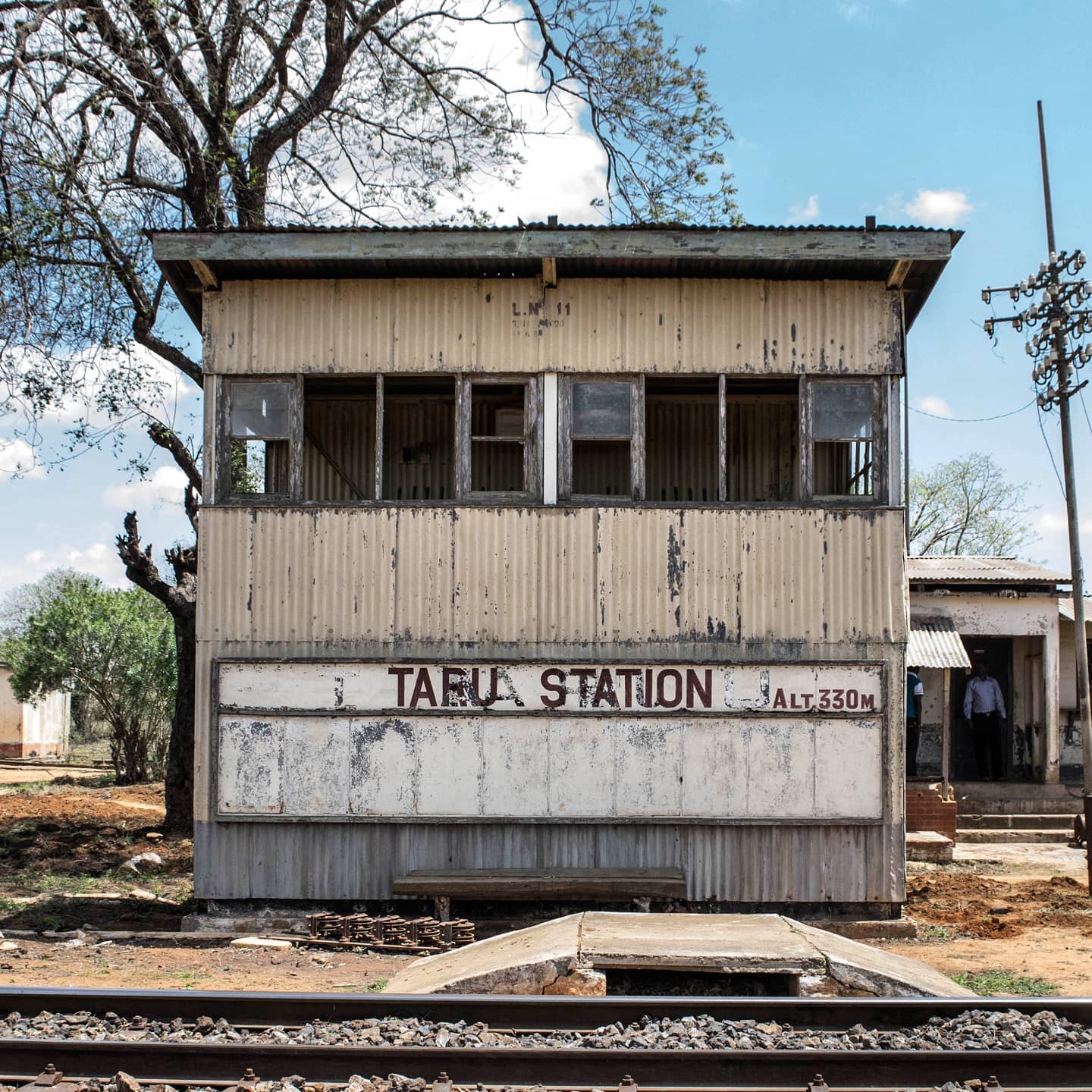
Taken: 15th October 2015
Taru railway station. Named after the area it's located, the Taru desert. This desert is infamous in Uganda railway history due to the immense difficulty of building a railway in the scorching heat, with little food, no water and the constant threat of man eating lions.
6 years ago
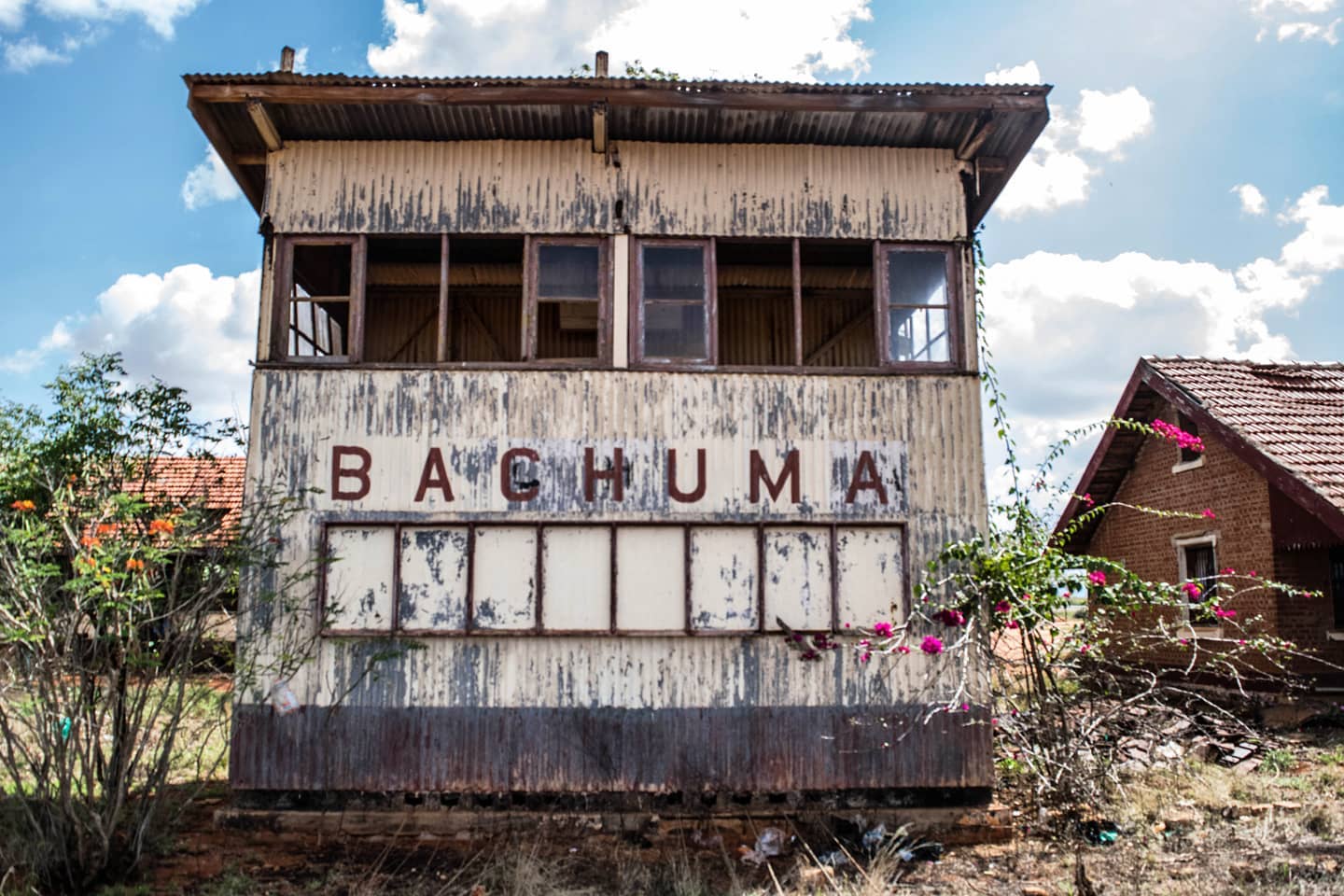
Taken: 15th October 2015
Bachuma railway station signalling cabin. Where the station master would operate and change tracks.
#Railway #RailwayHistory #EastAfrica #Kenya #Uganda #Tanzania #AfricanRailways
6 years ago


Taken: 15th October 2015
3/3 Entrance and waiting area at Bachuma station which won 11 Best Kept Station awards. I mean you can clearly see why.
#Railway #RailwayHistory #EastAfrica #Kenya #Uganda #Tanzania #AfricanRailways
6 years ago
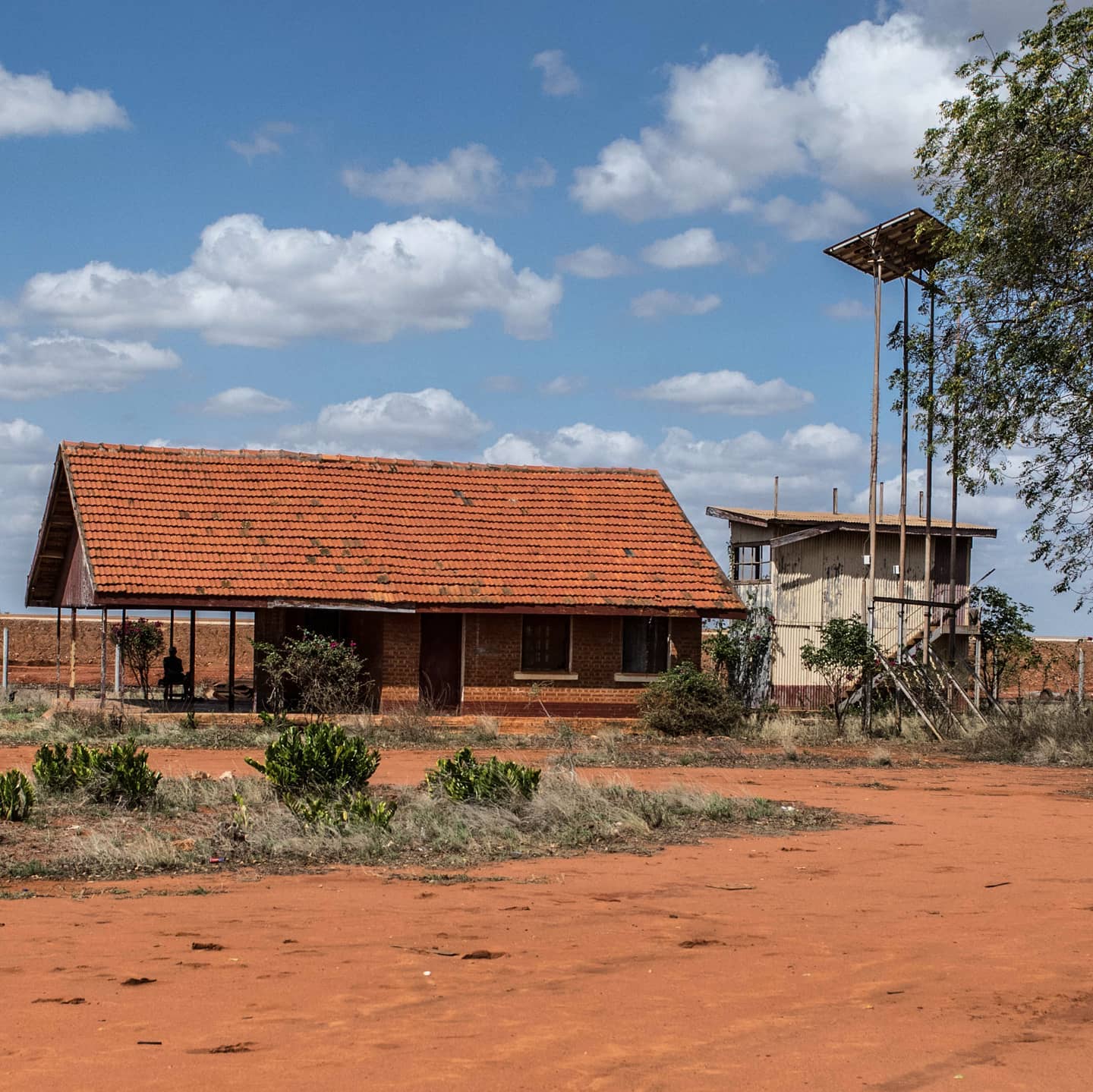
Taken: 15th October 2015
2/3 Another angle of Bachuma station.
#Railway #RailwayHistory #EastAfrica #Kenya #Uganda #Tanzania #AfricanRailways
6 years ago
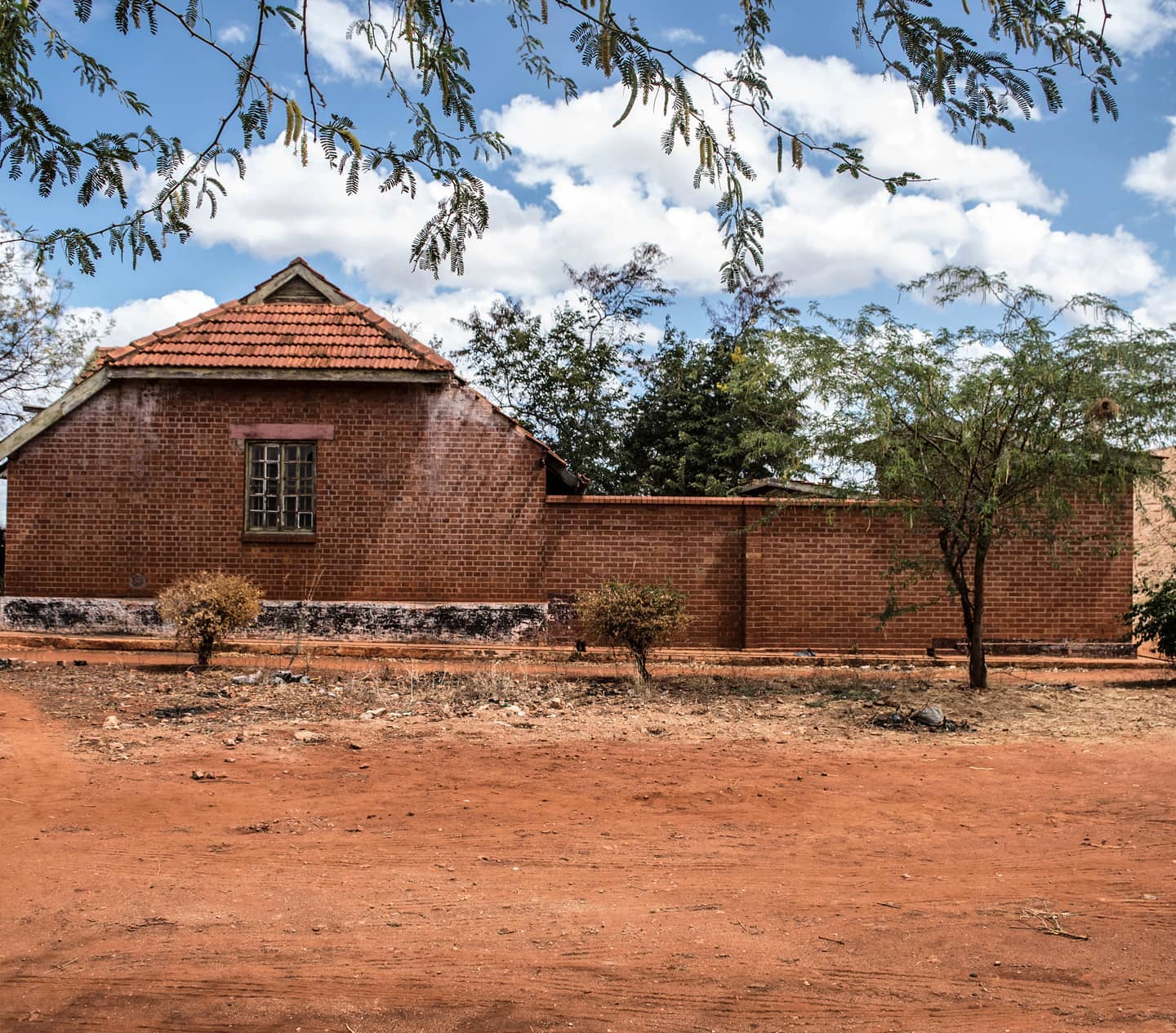
Taken: 15th October 2015
Brick on sand. Bachuma is a small station just before Voi town. Between Mackinnon road station and Maungu station.
#Railway #RailwayHistory #EastAfrica #Kenya #Uganda #Tanzania #AfricanRailways
6 years ago
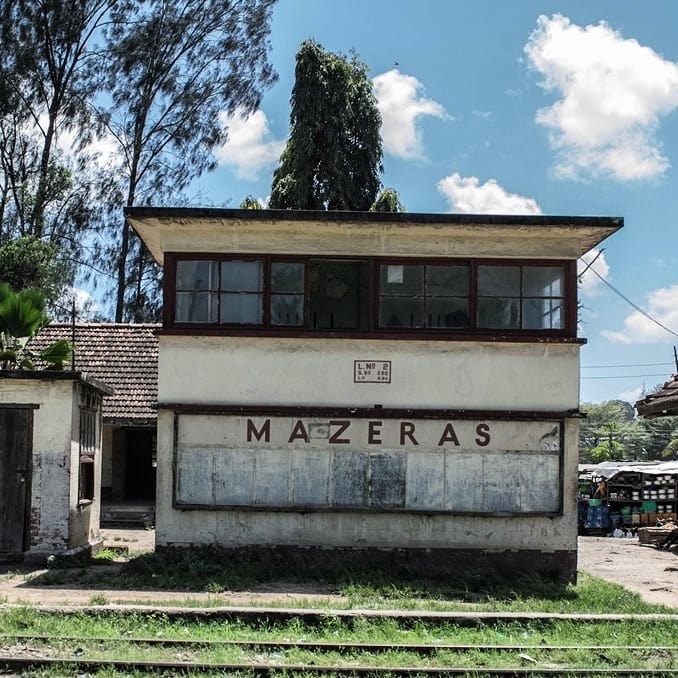
Taken: 15th October 2015
Mazeras railway station
6 years ago
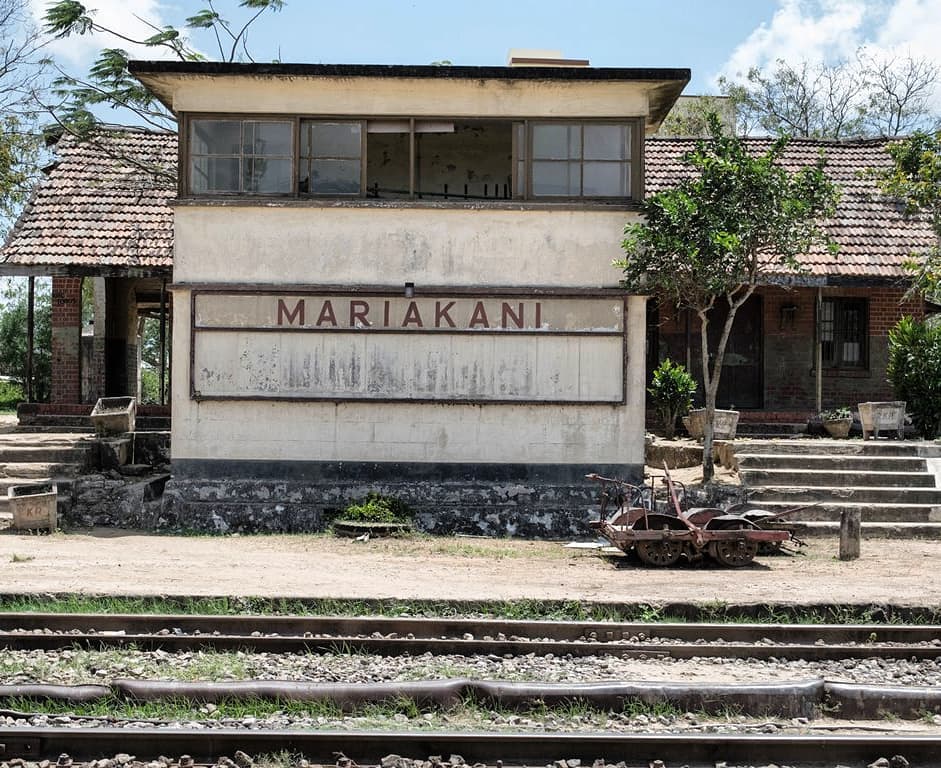
Taken: 15th October 2015
Mariakani Railway station
#Railway #RailwayHistory #EastAfrica #Kenya #Uganda #Tanzania #AfricanRailways
6 years ago

